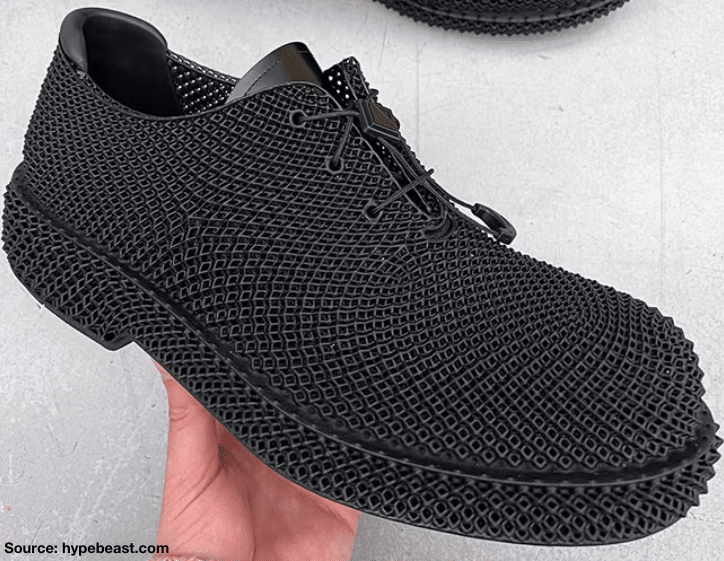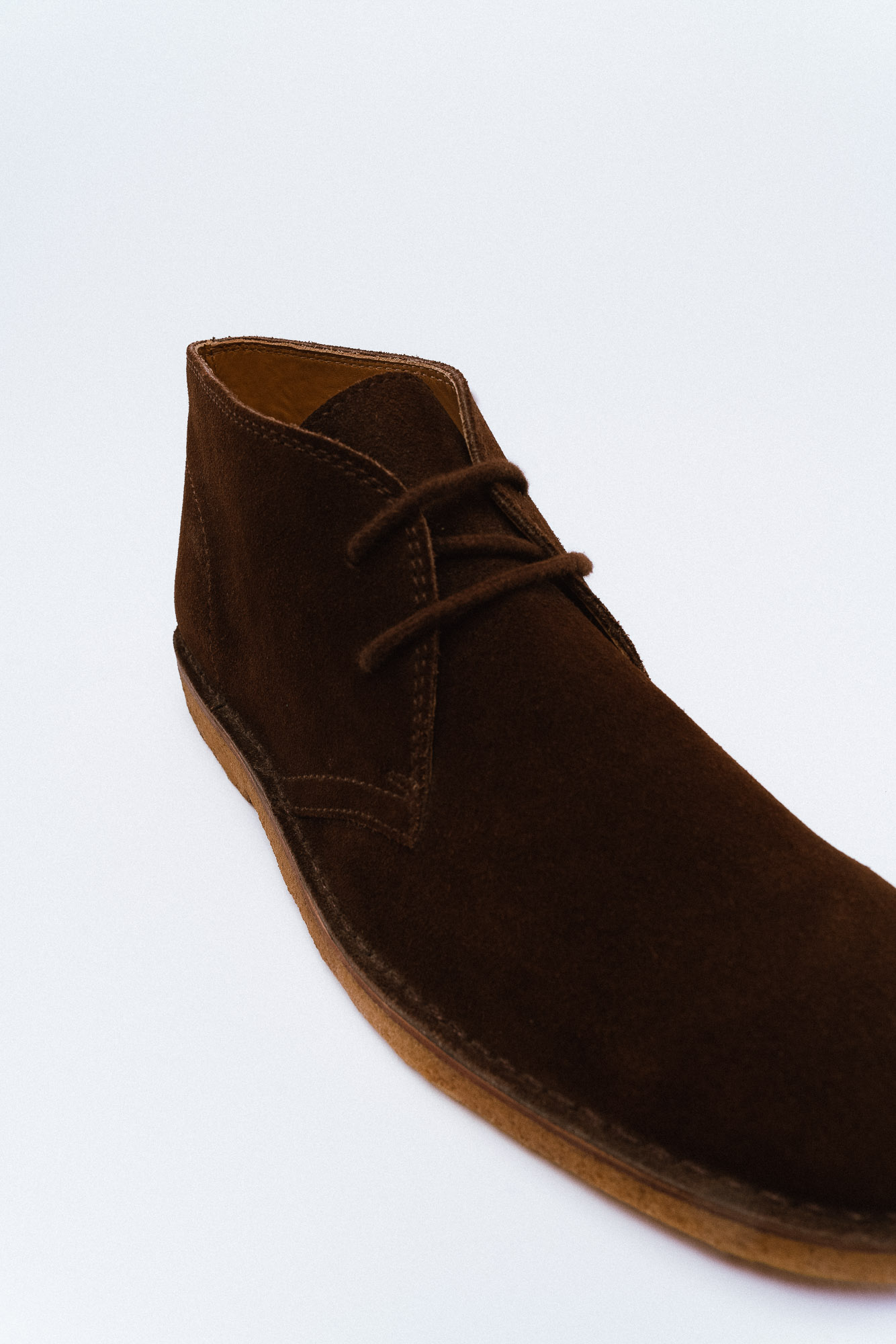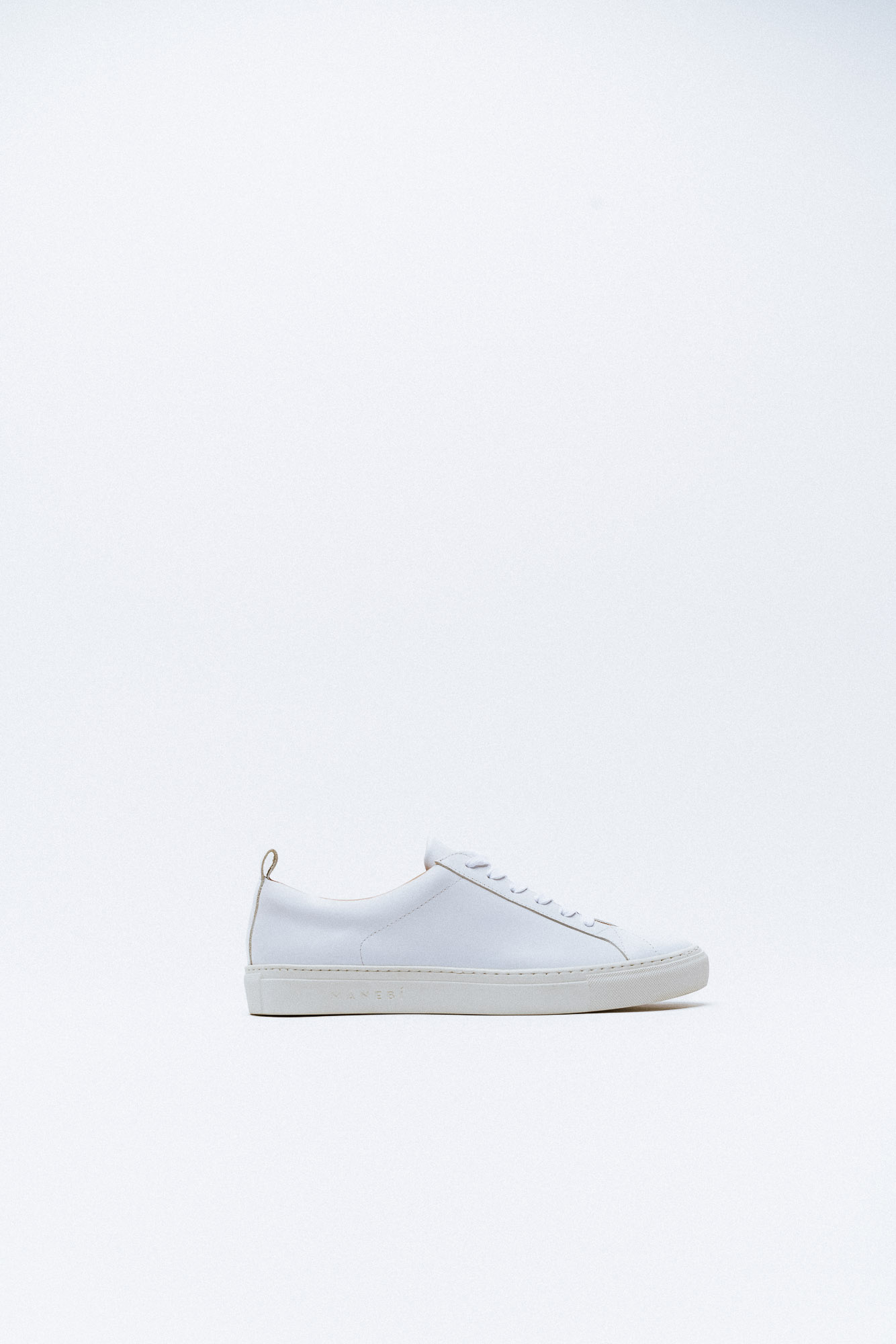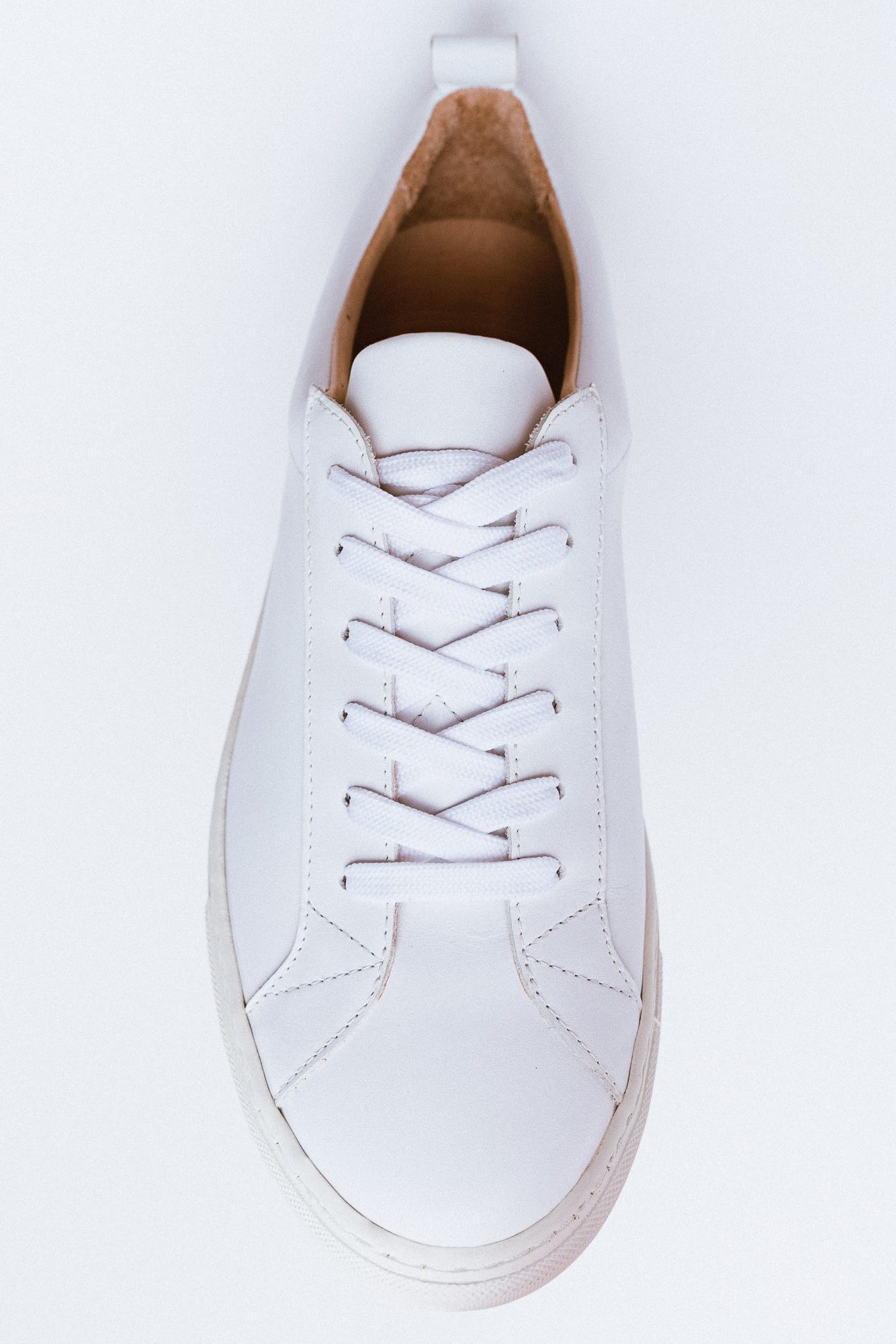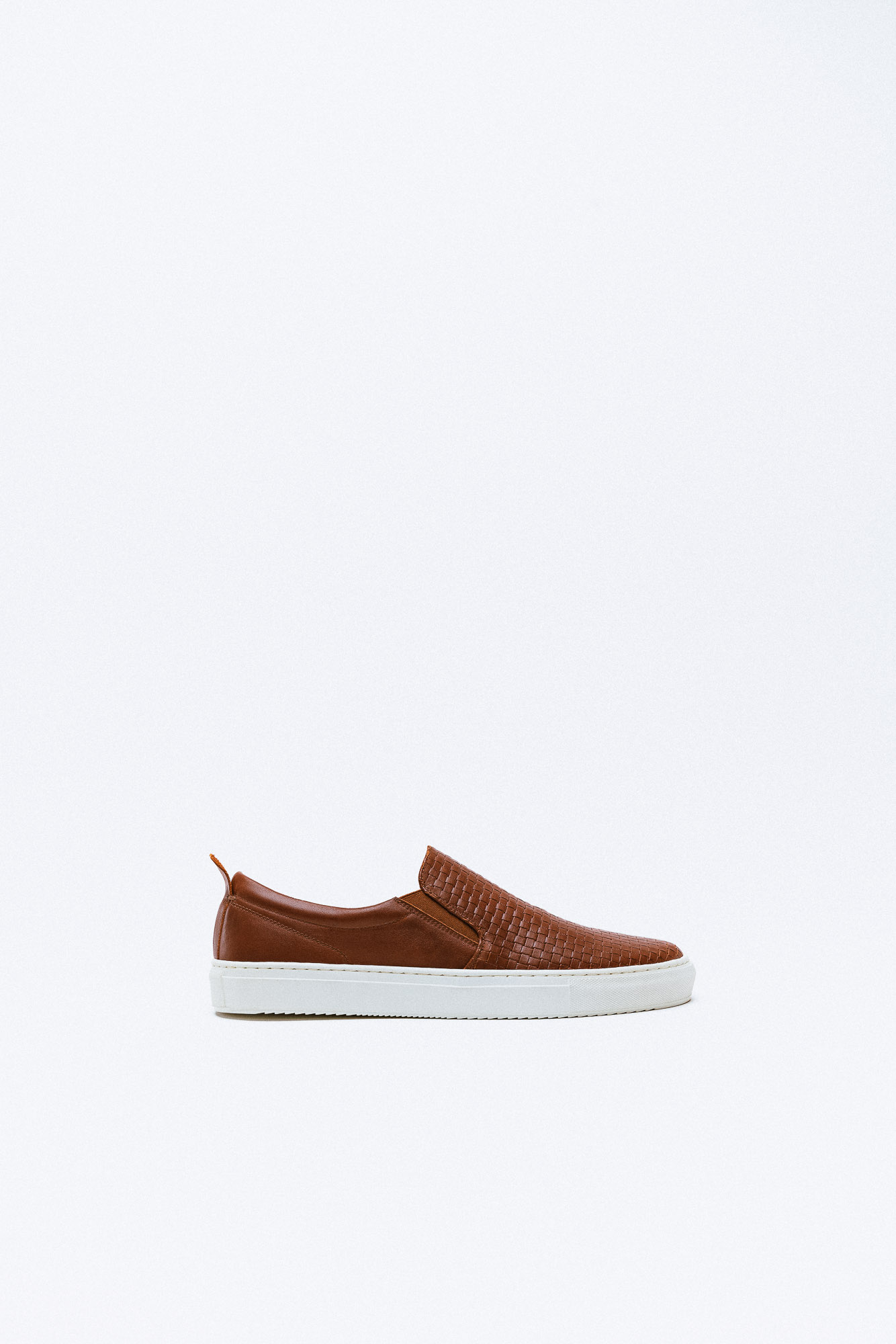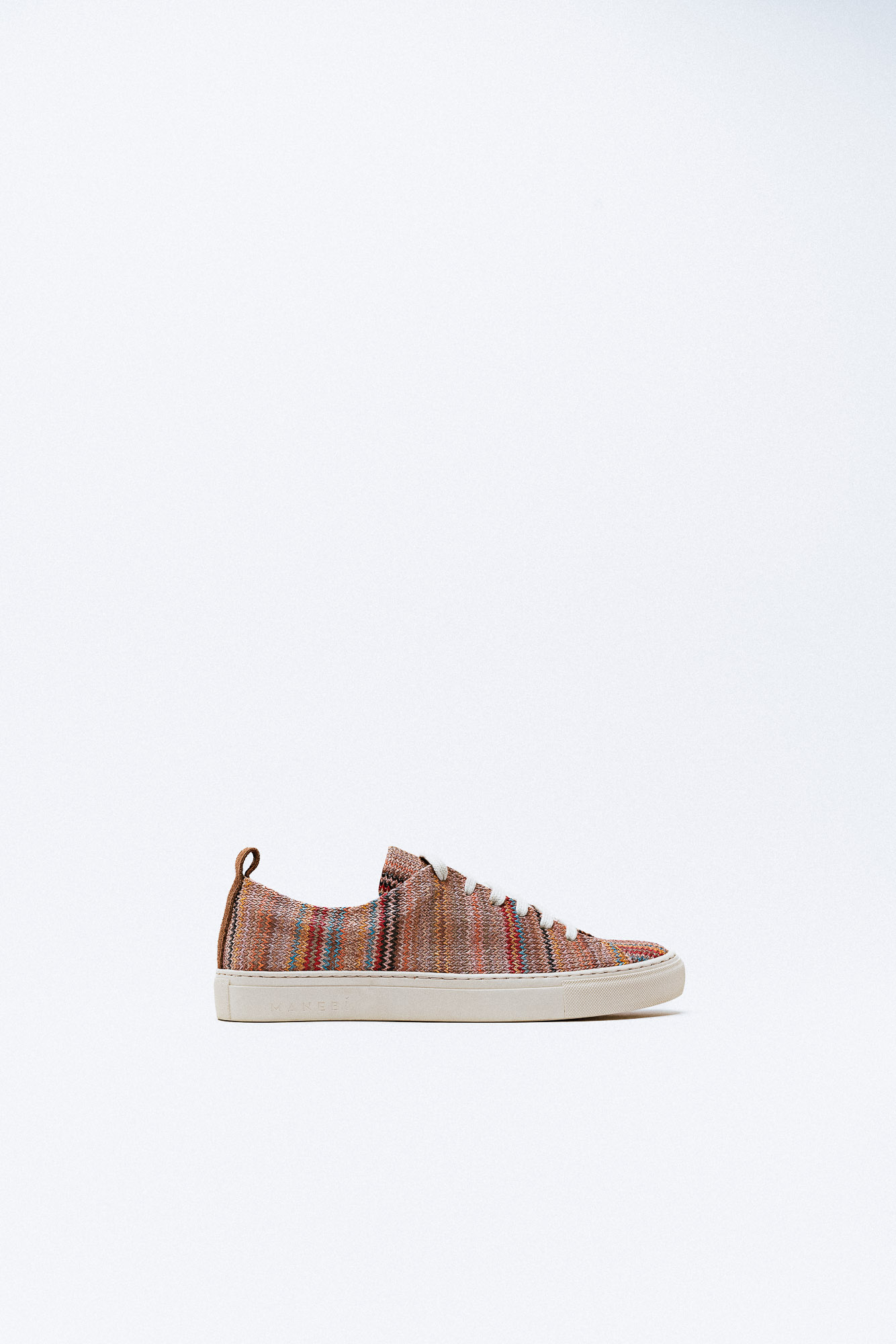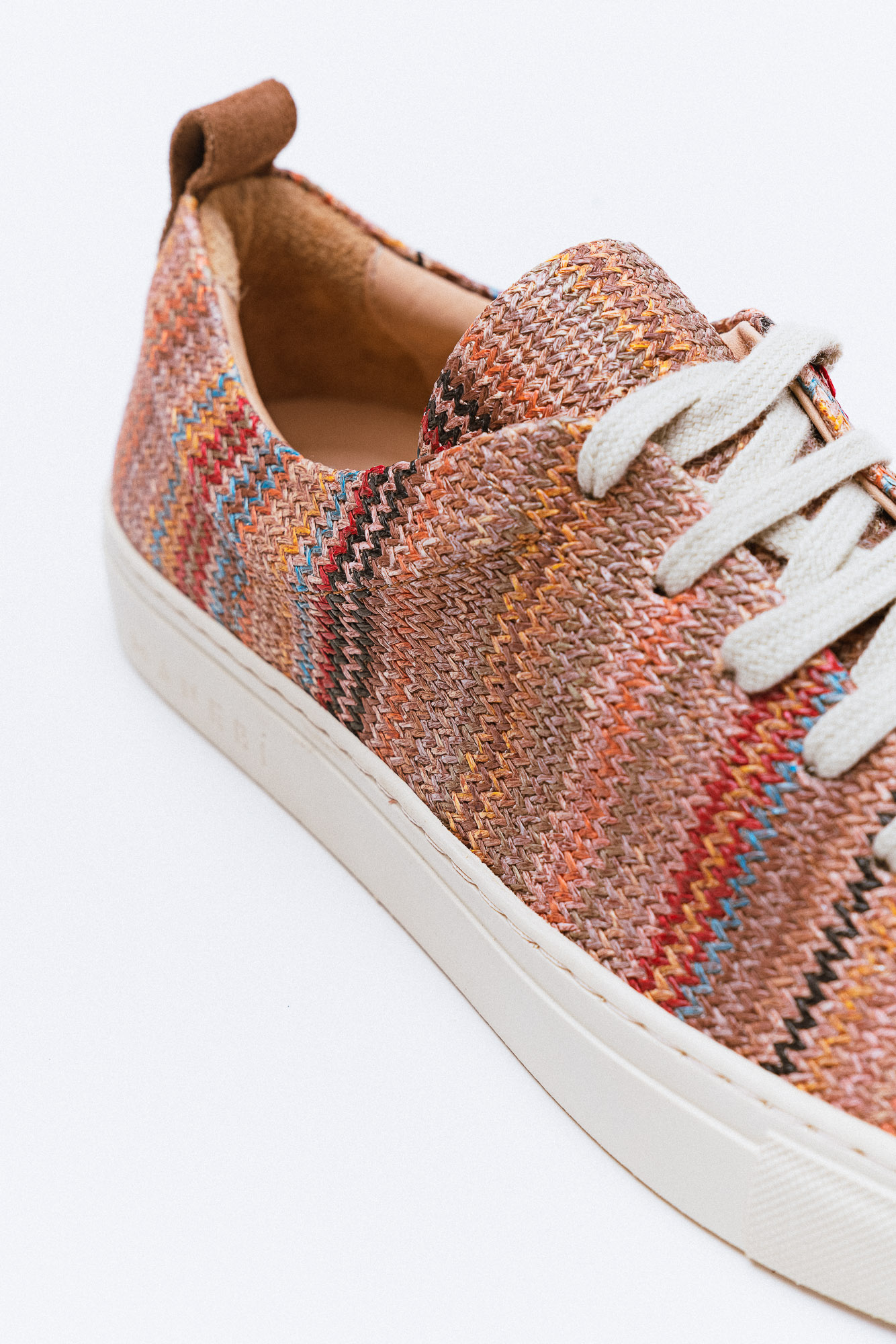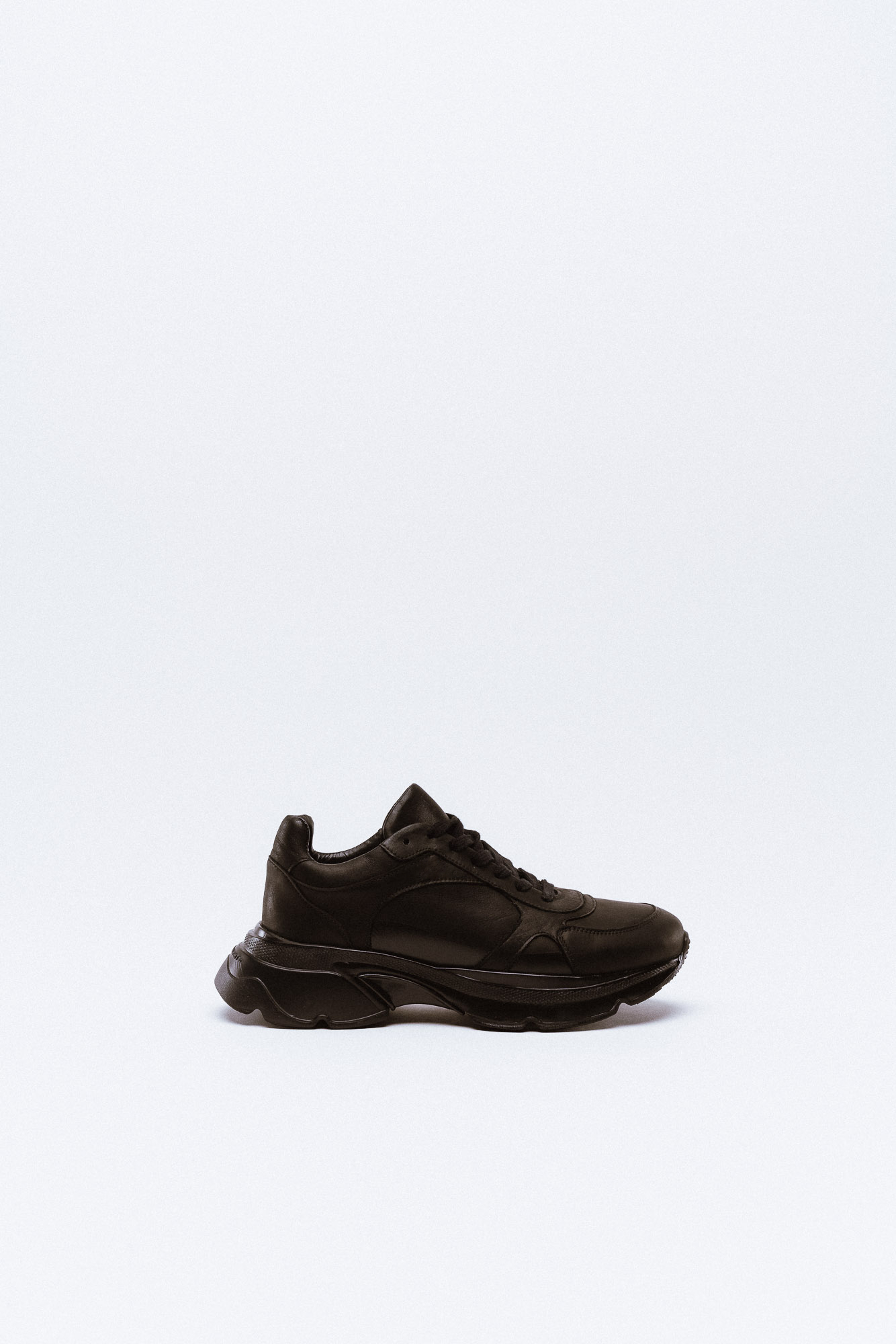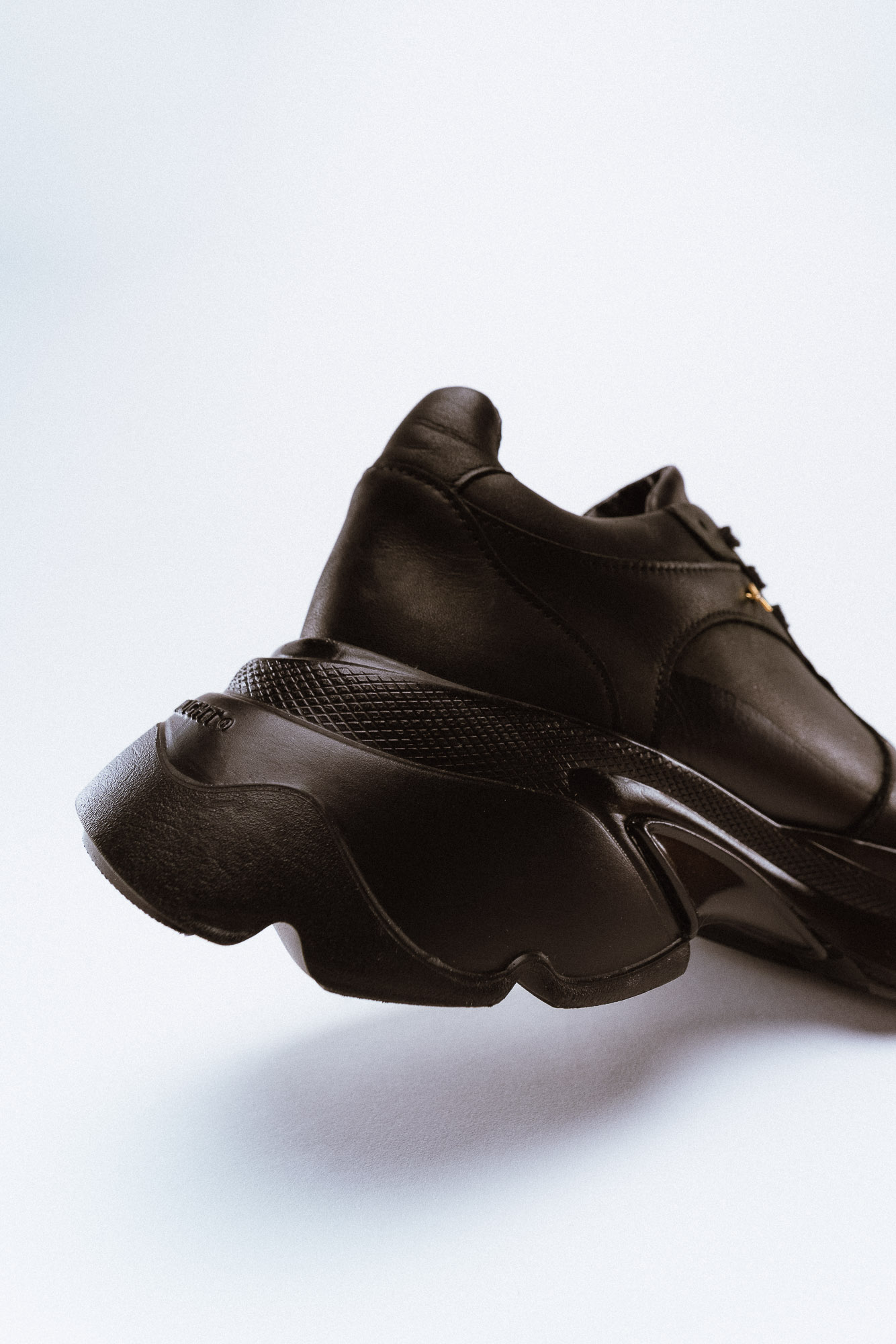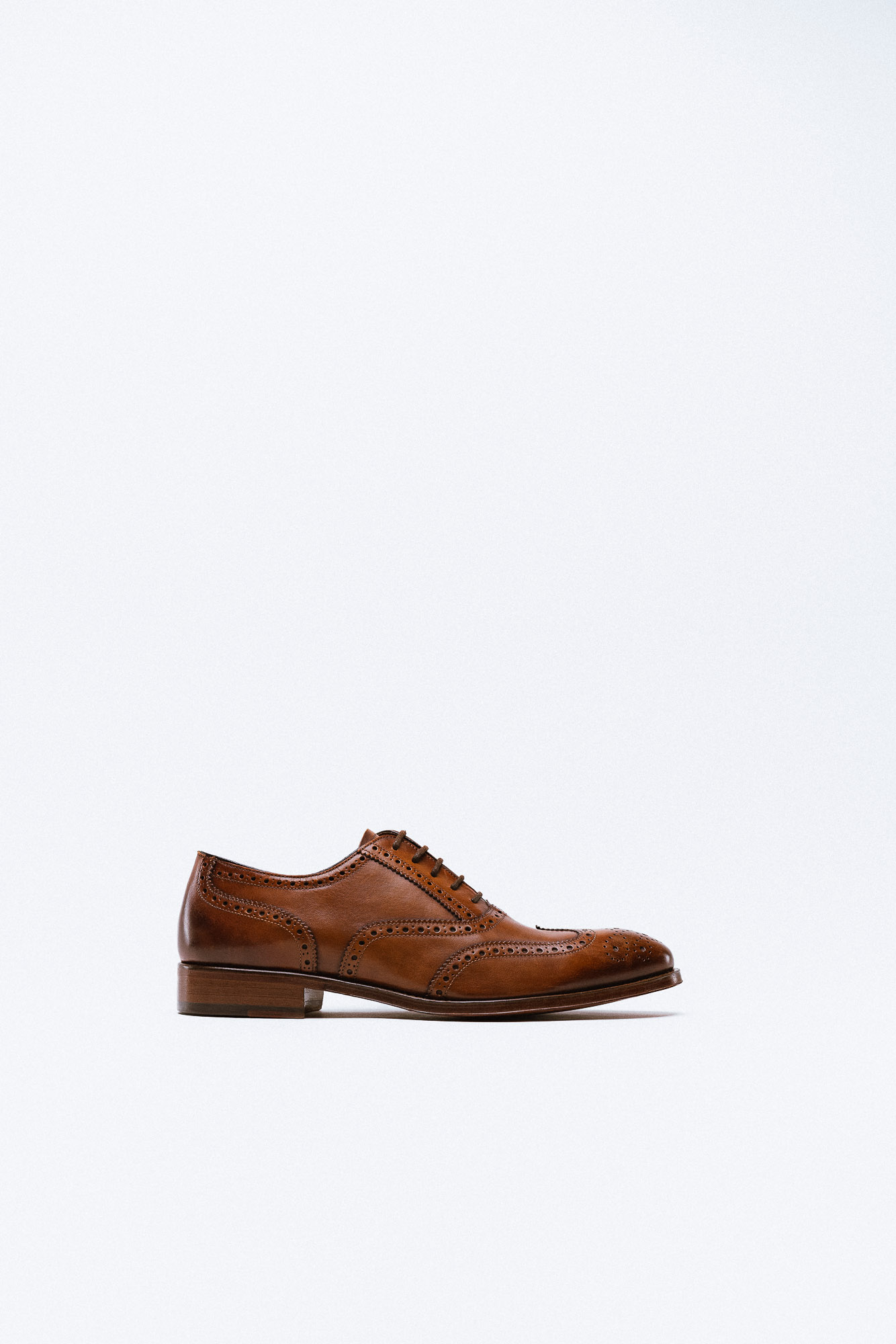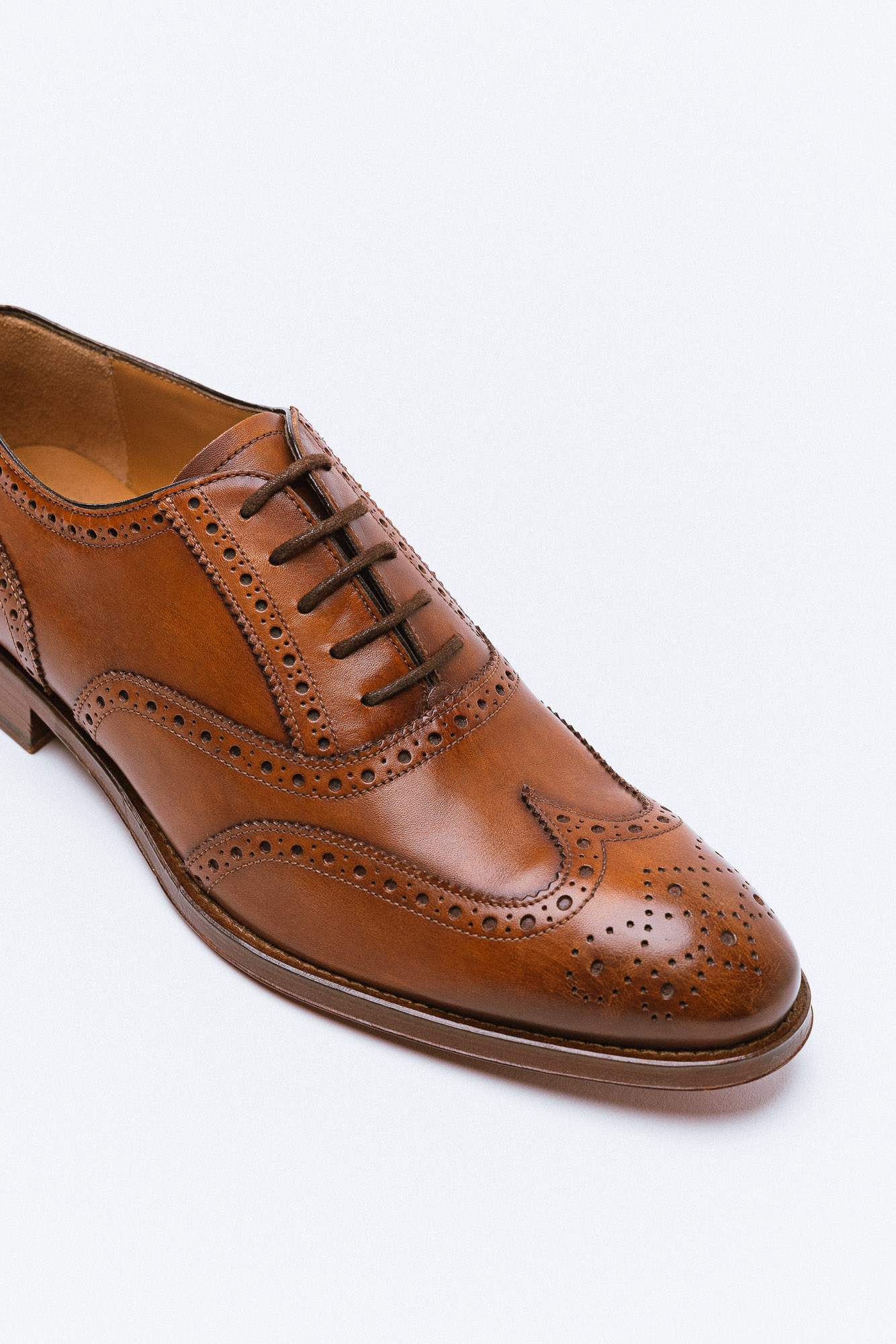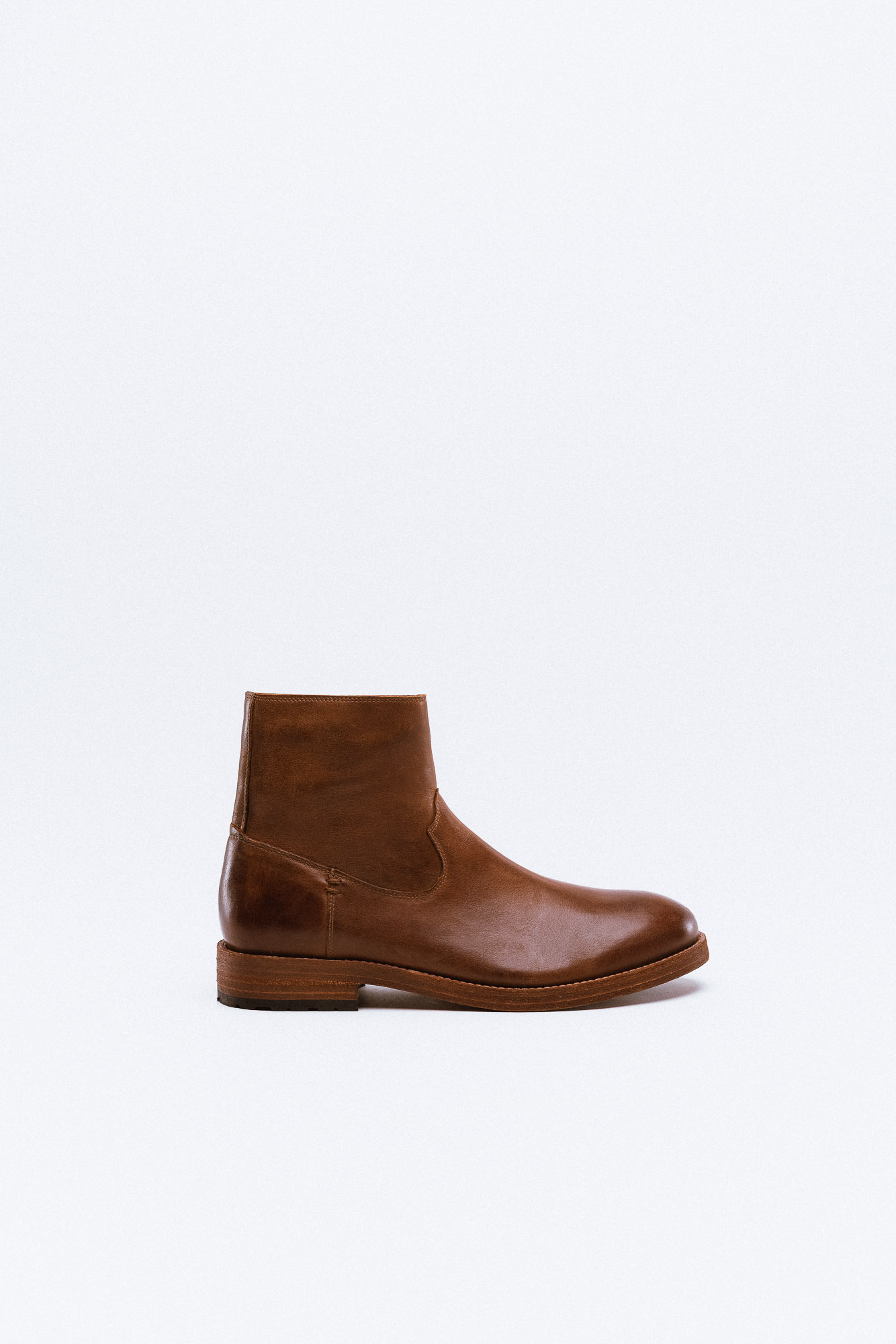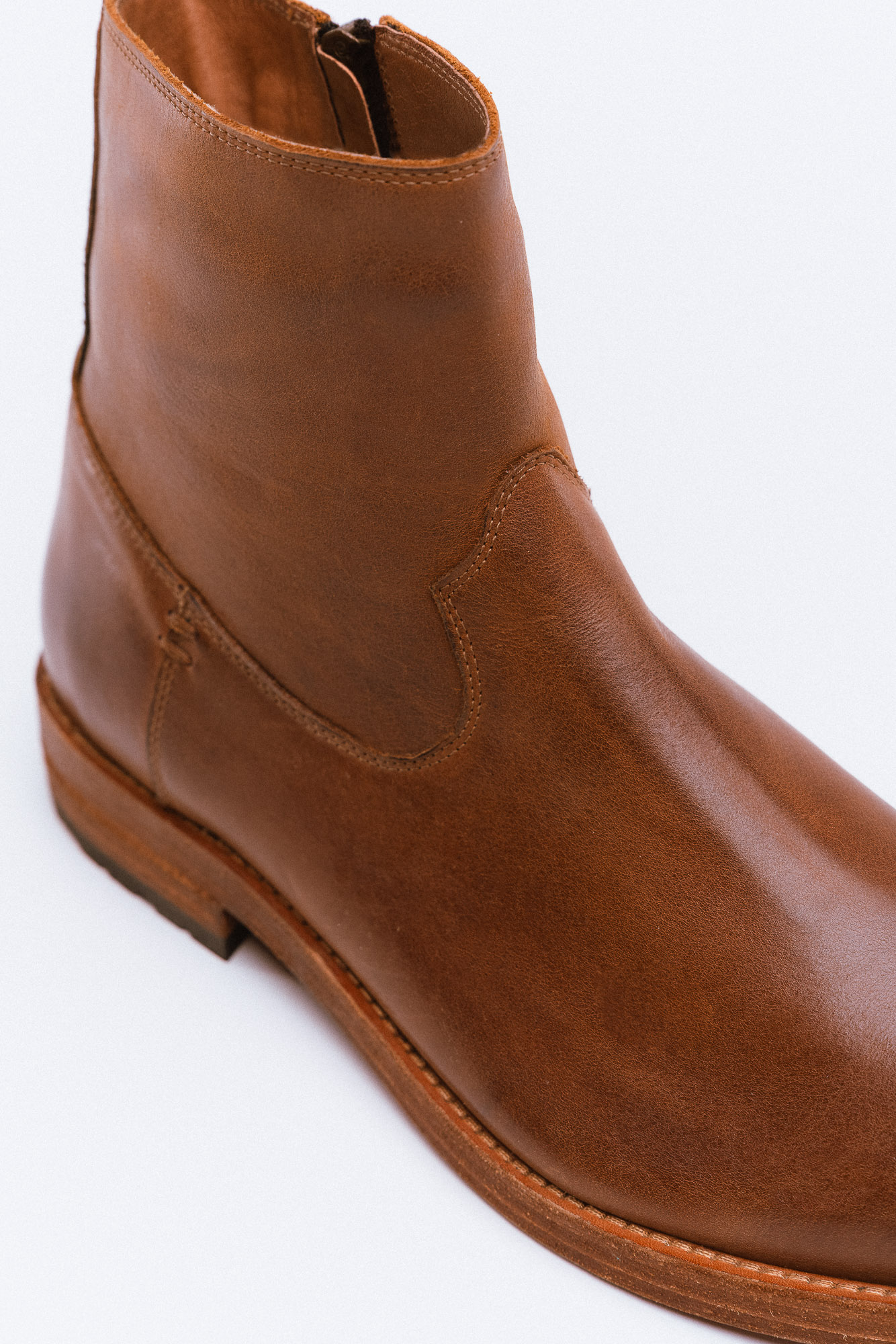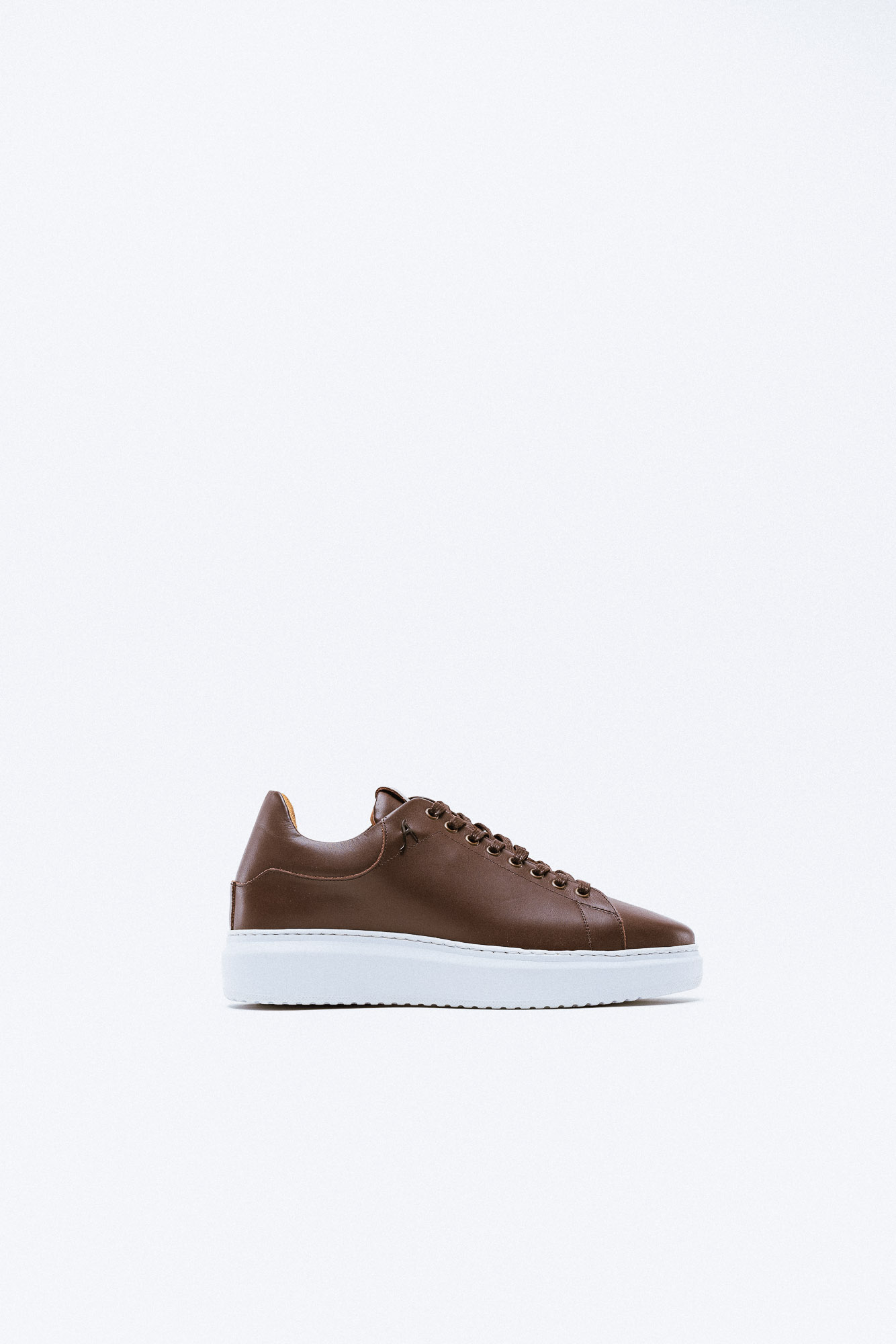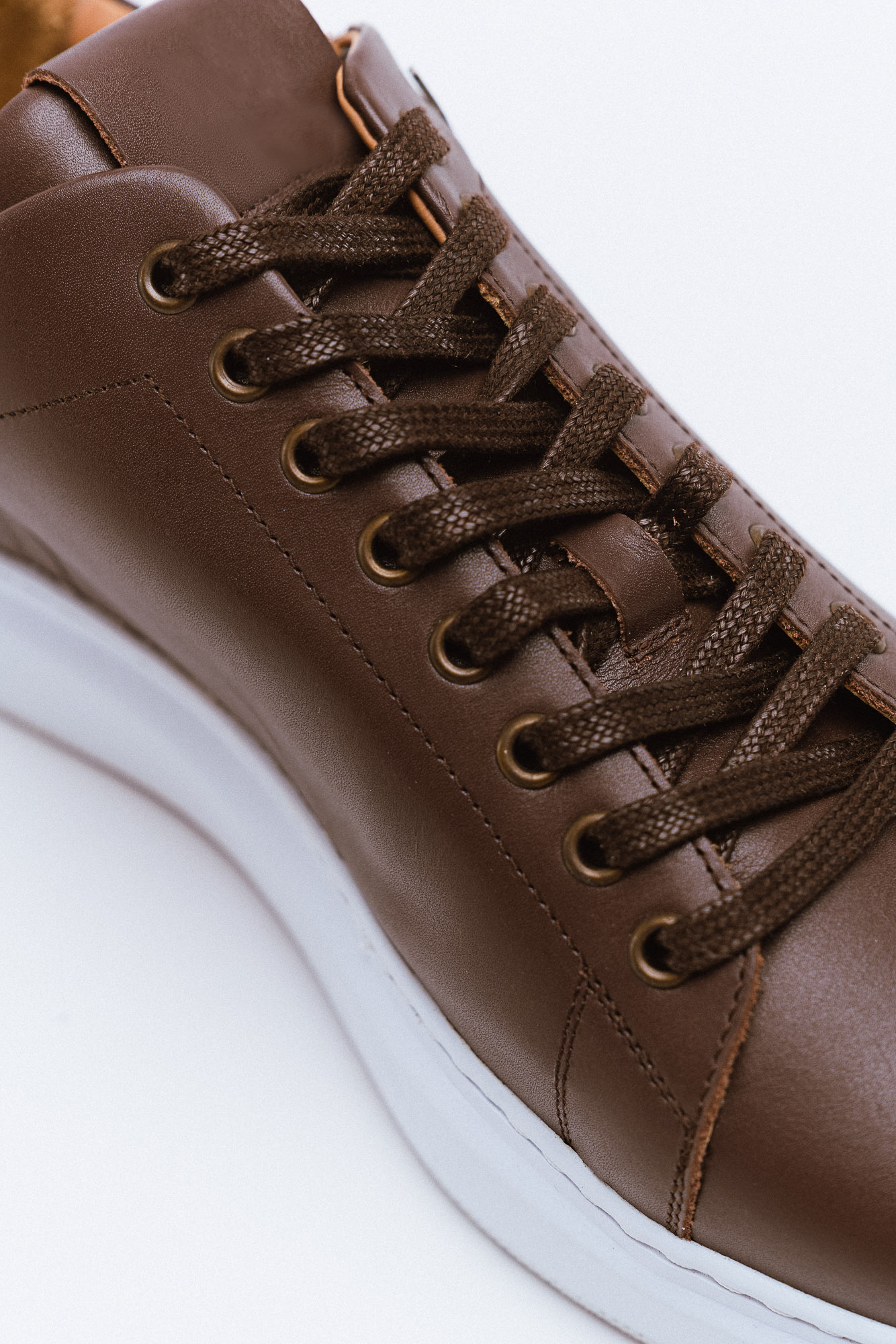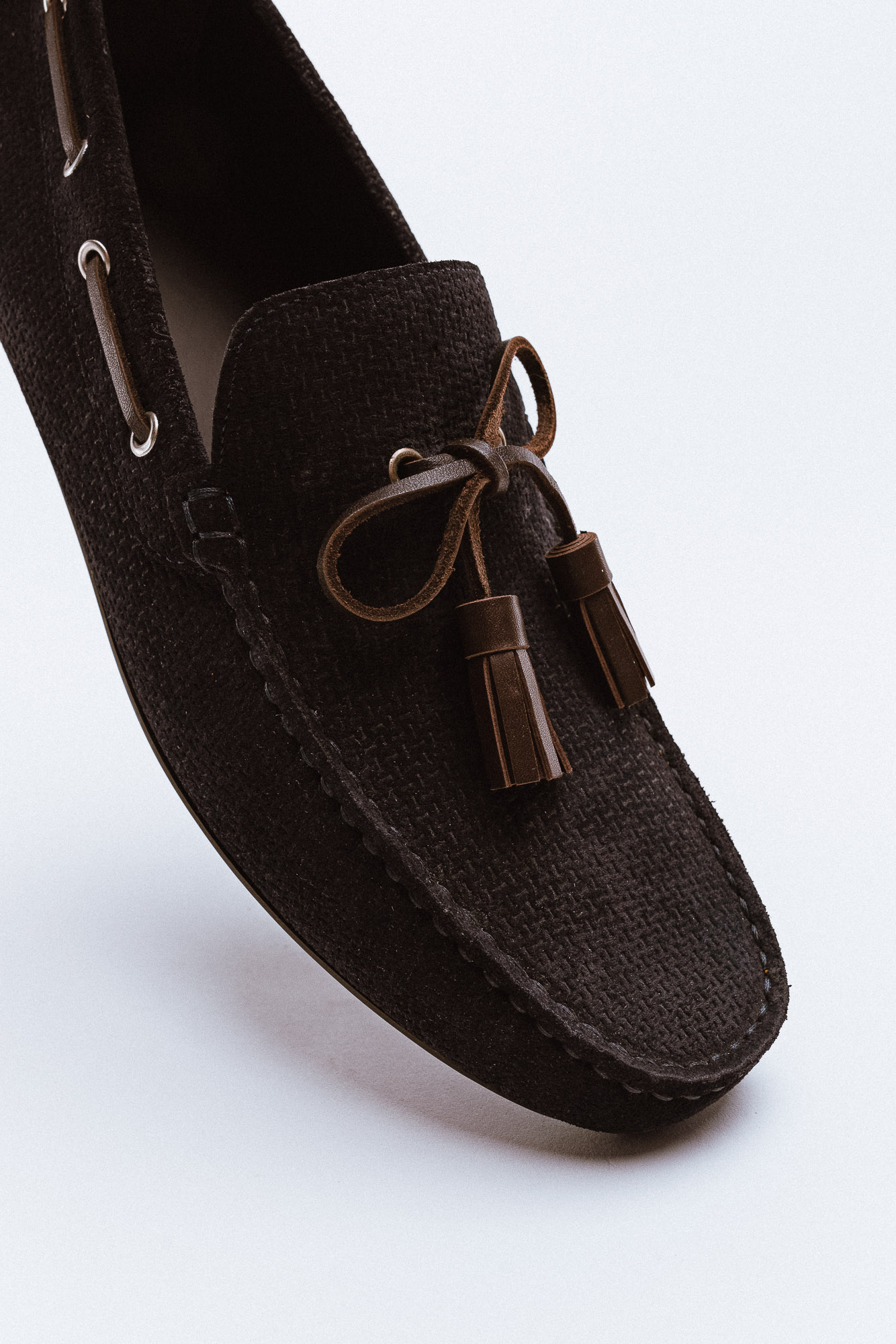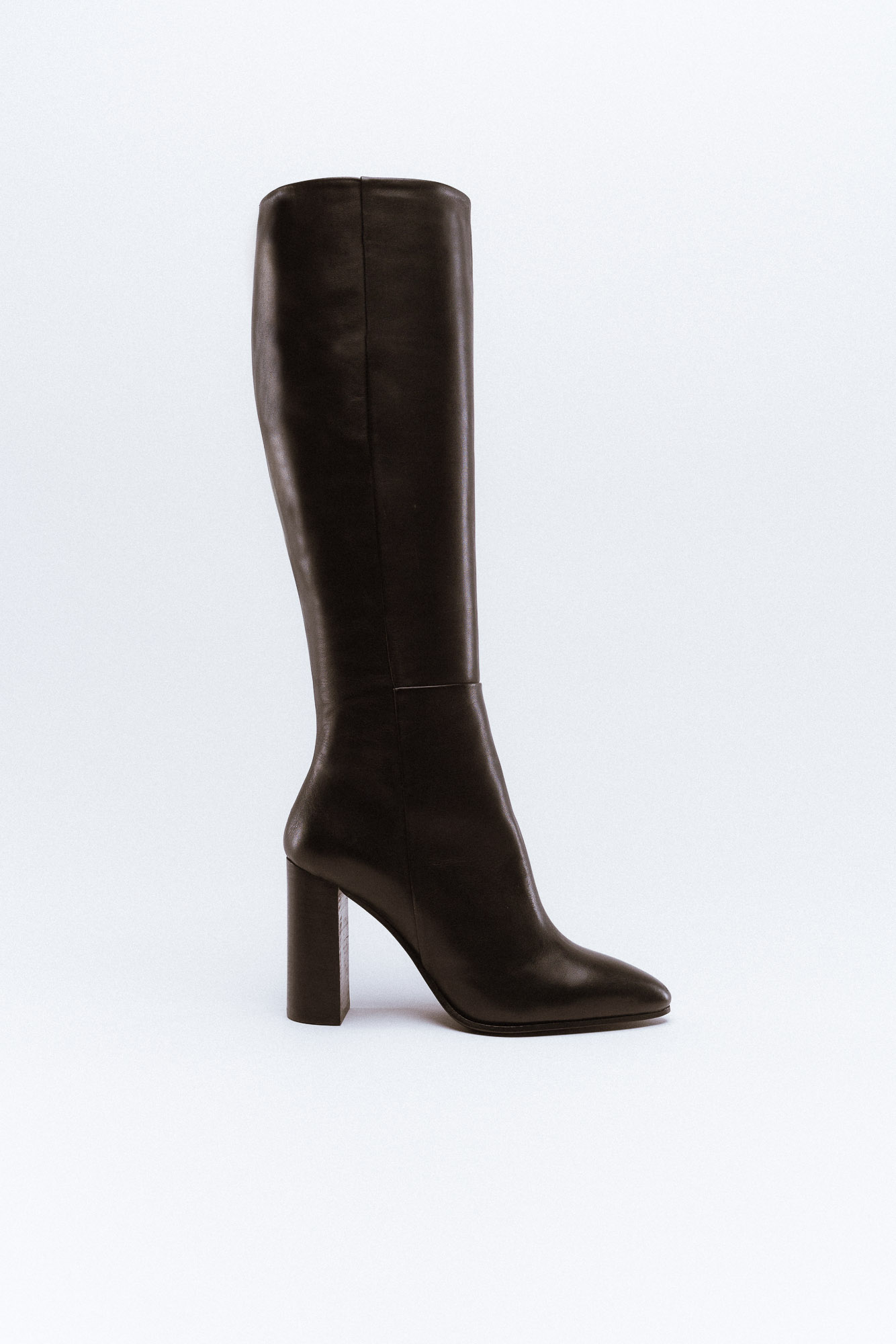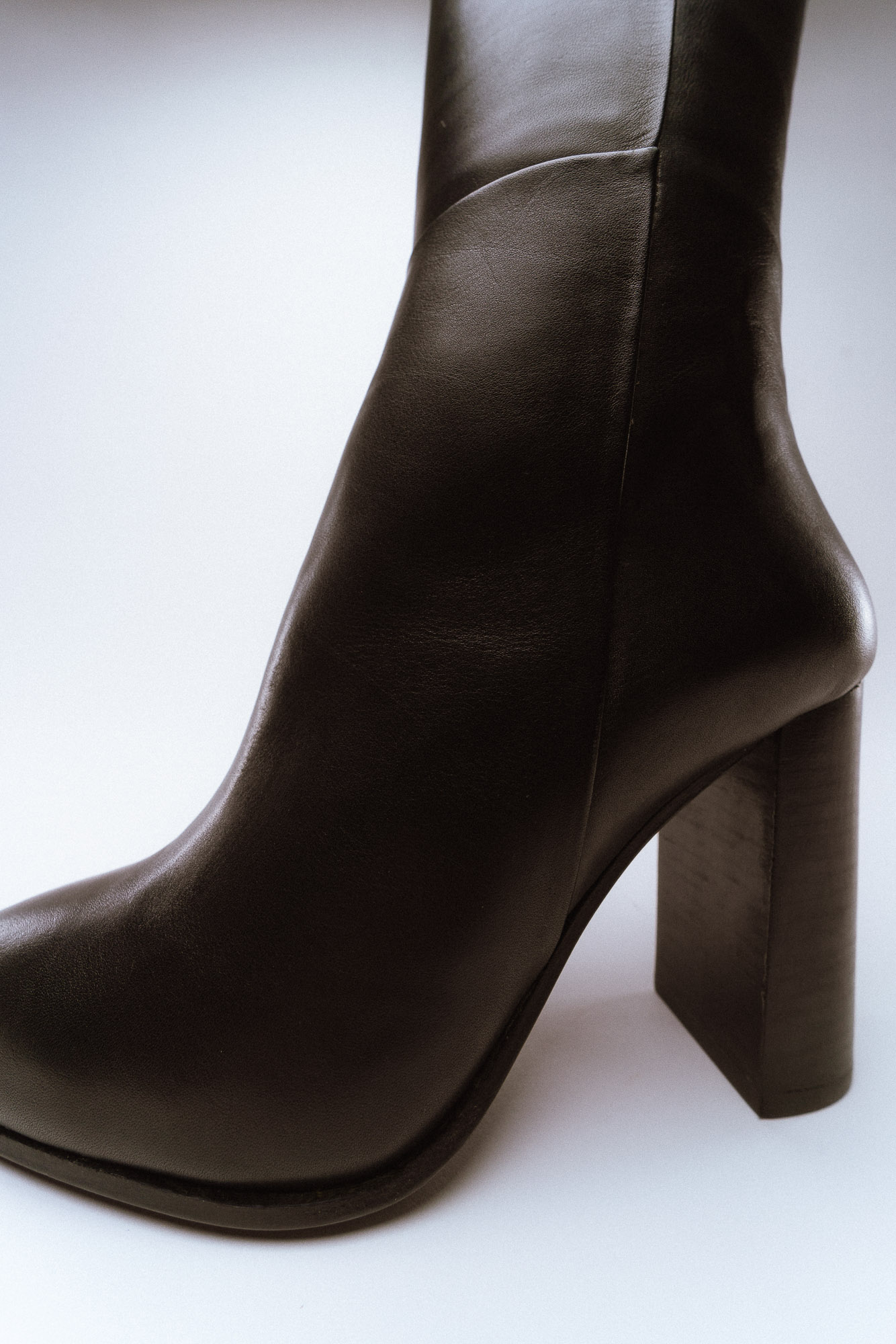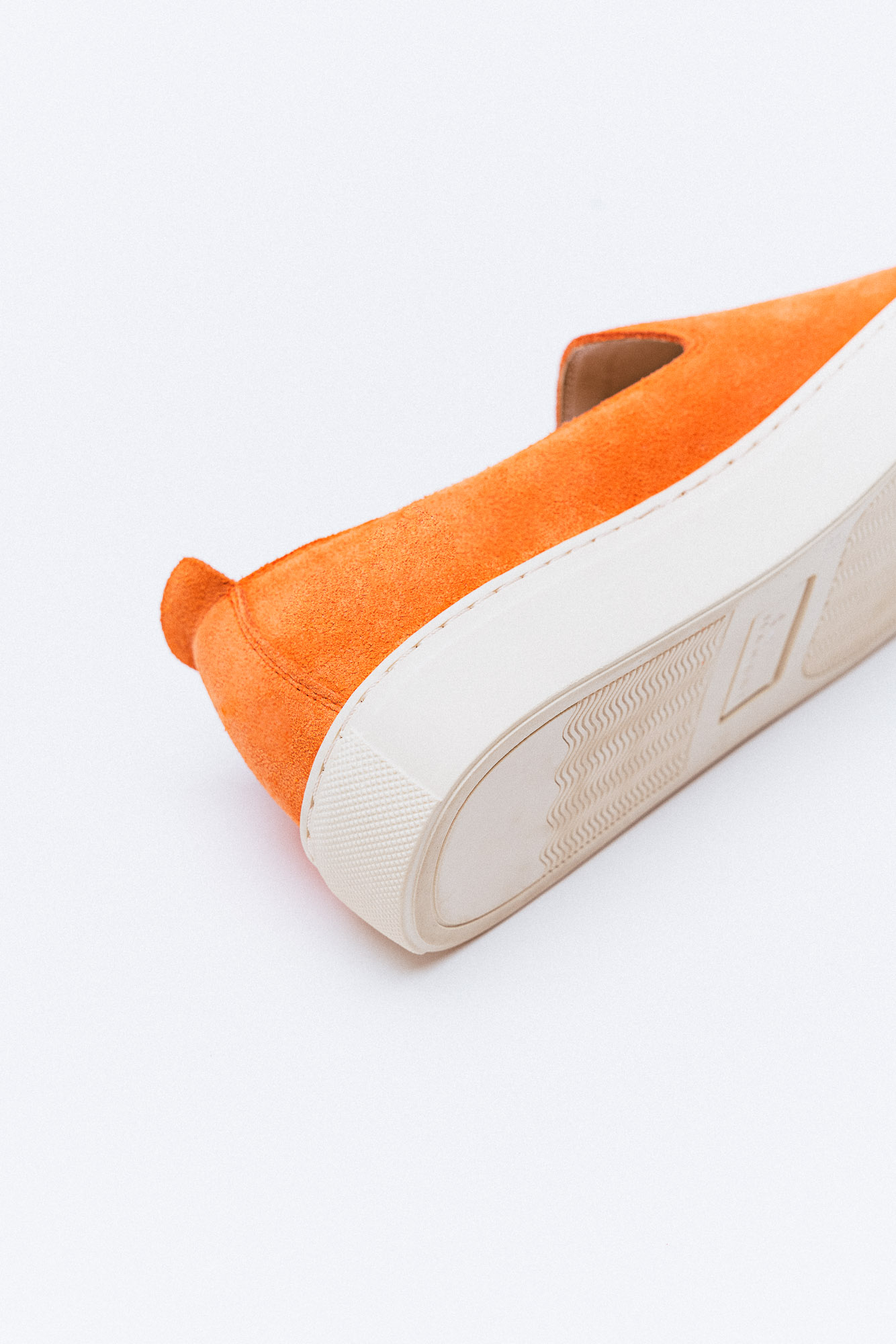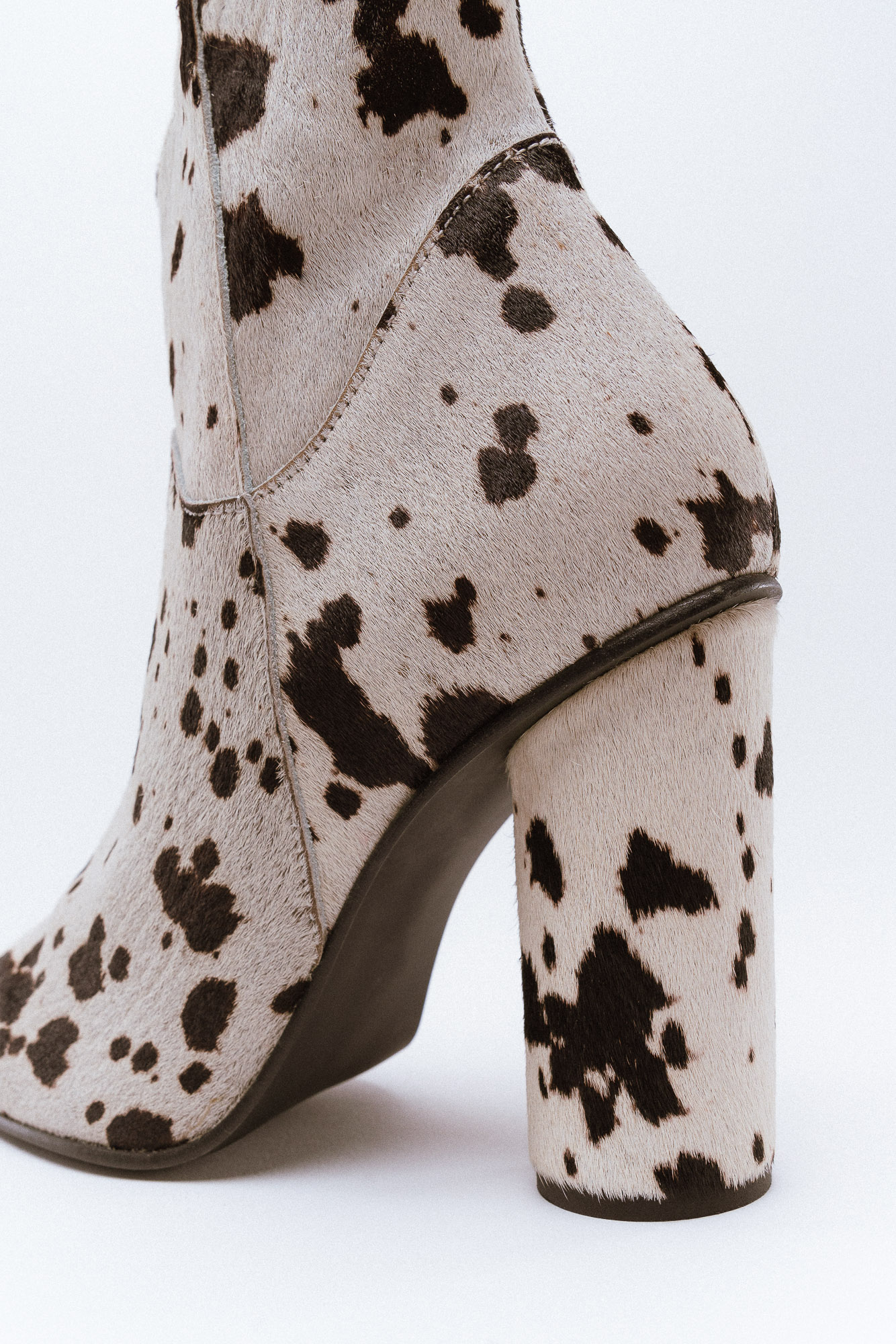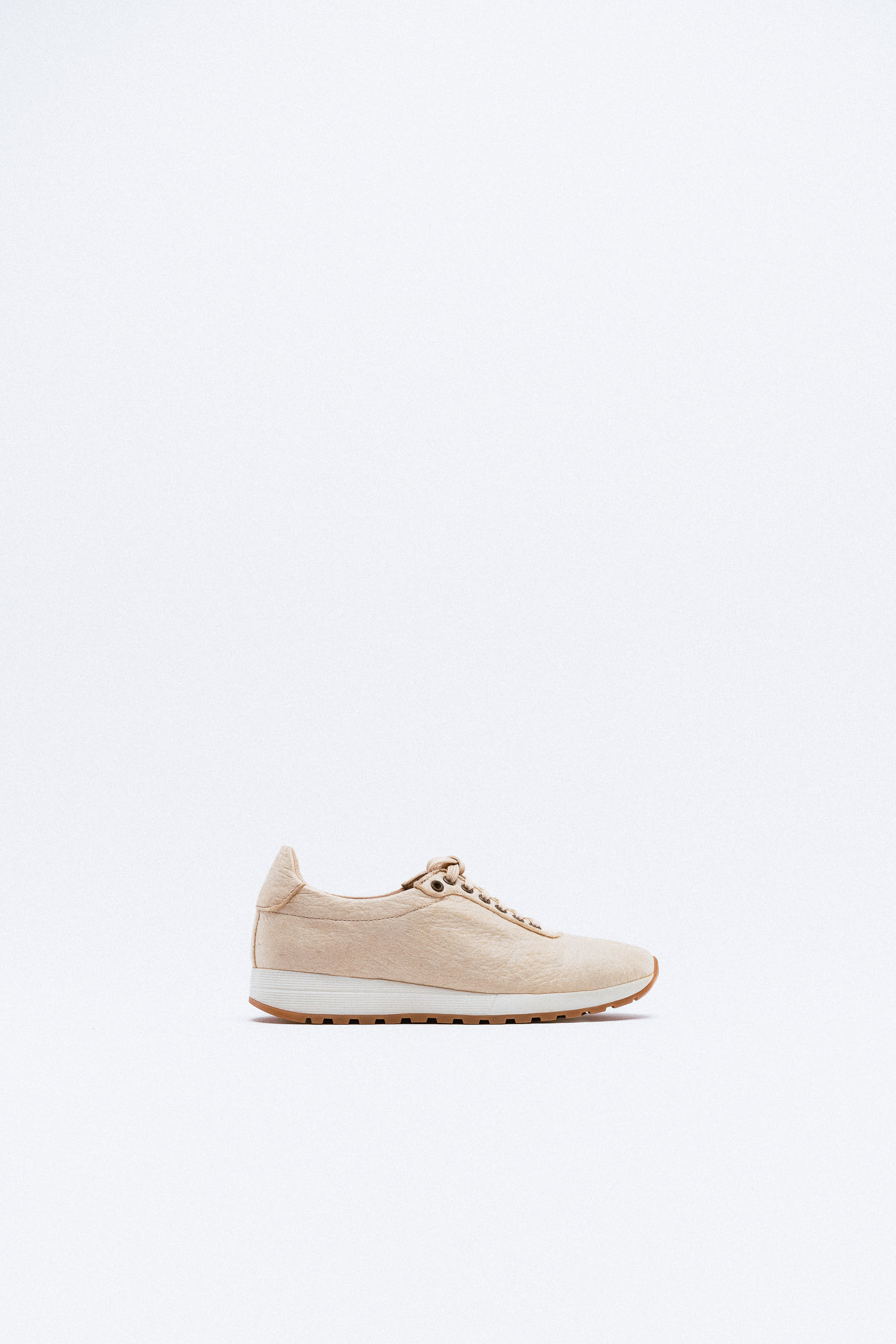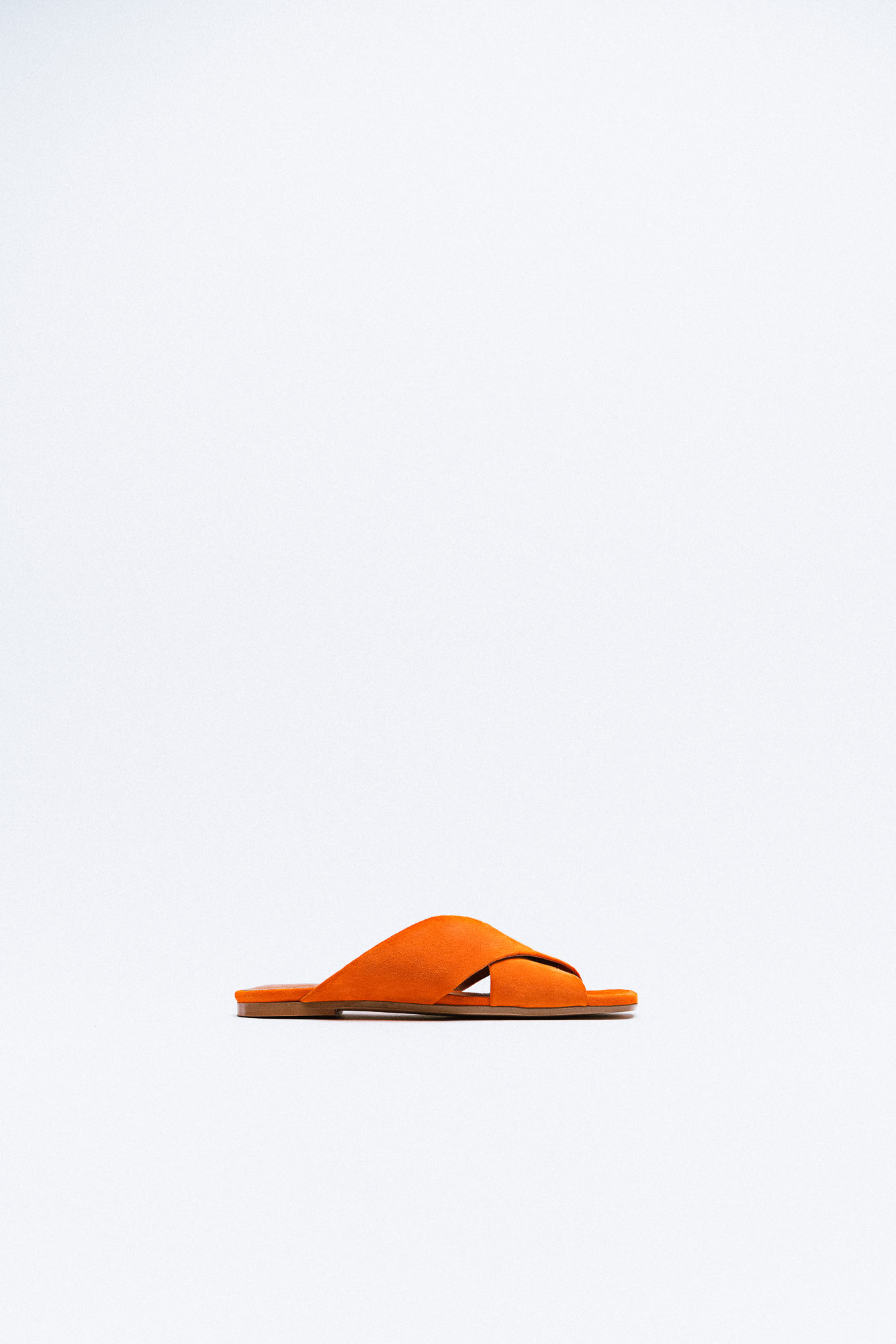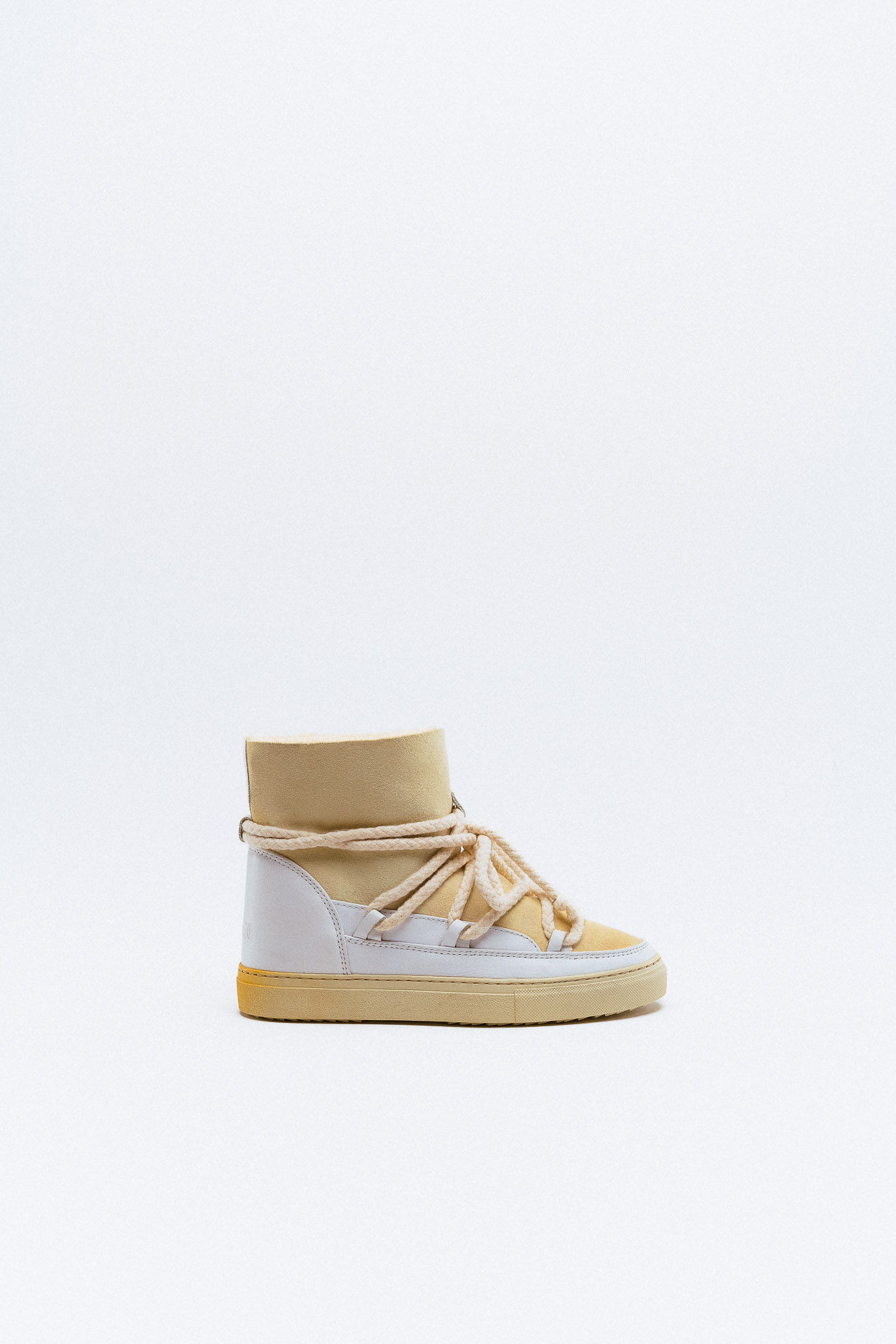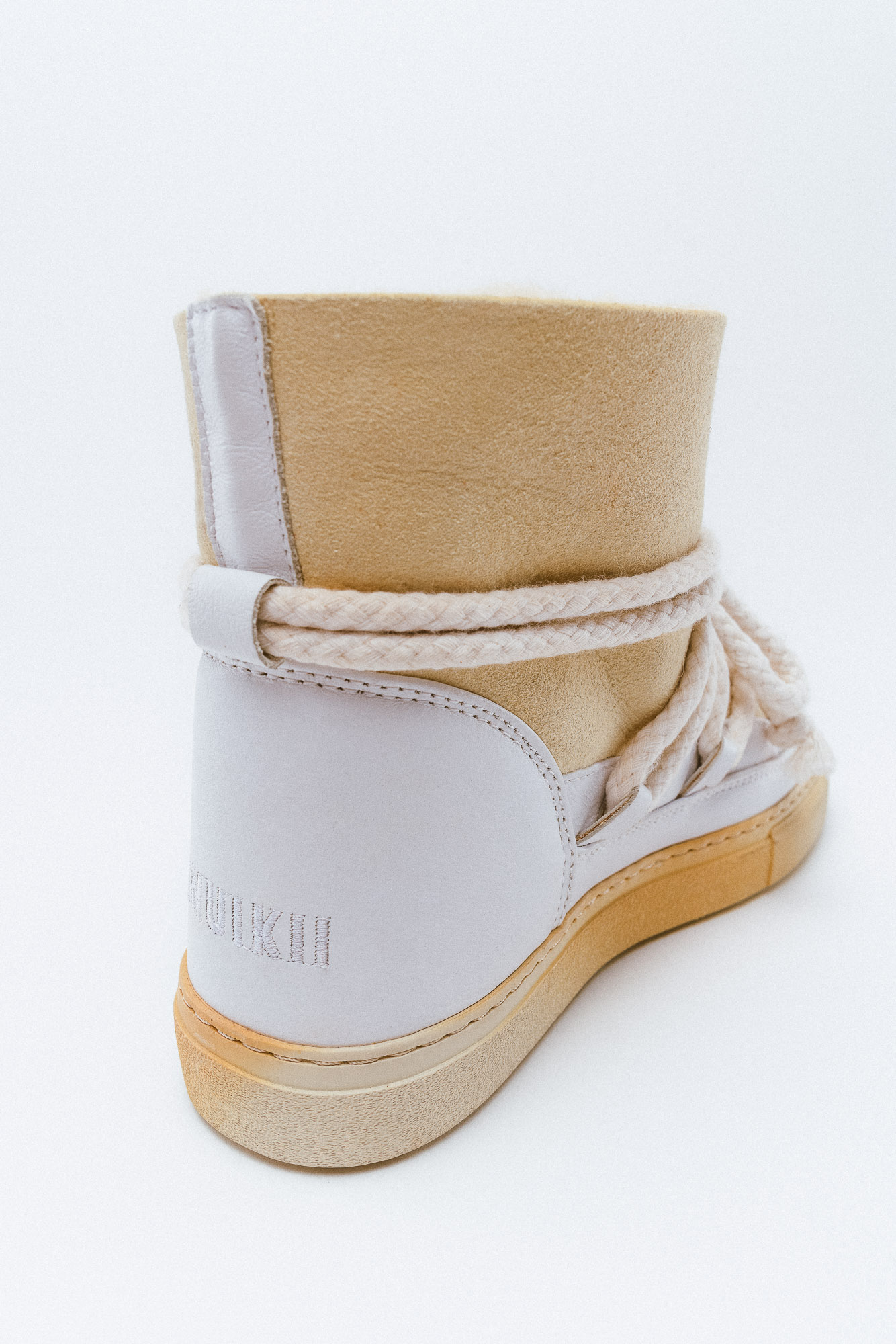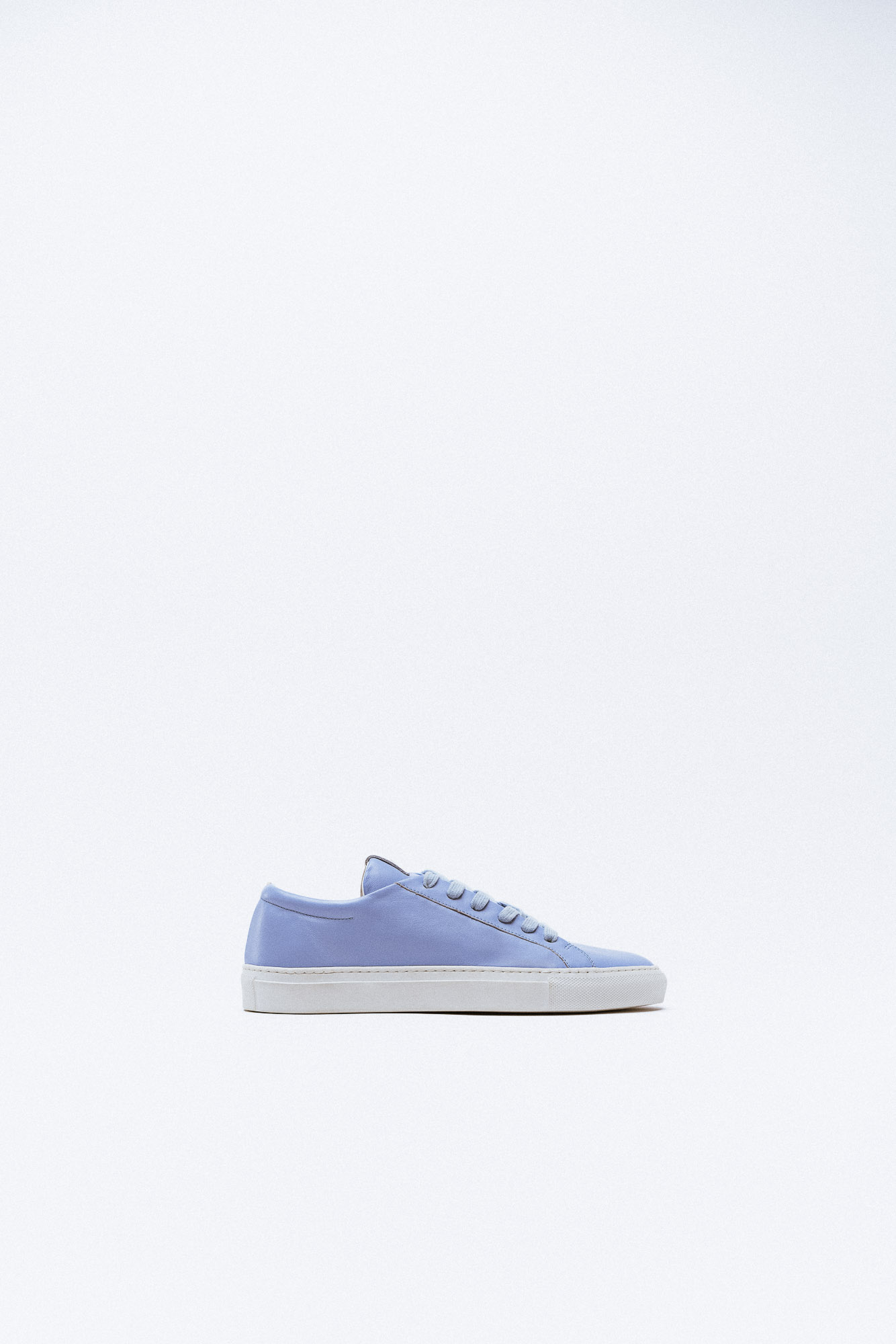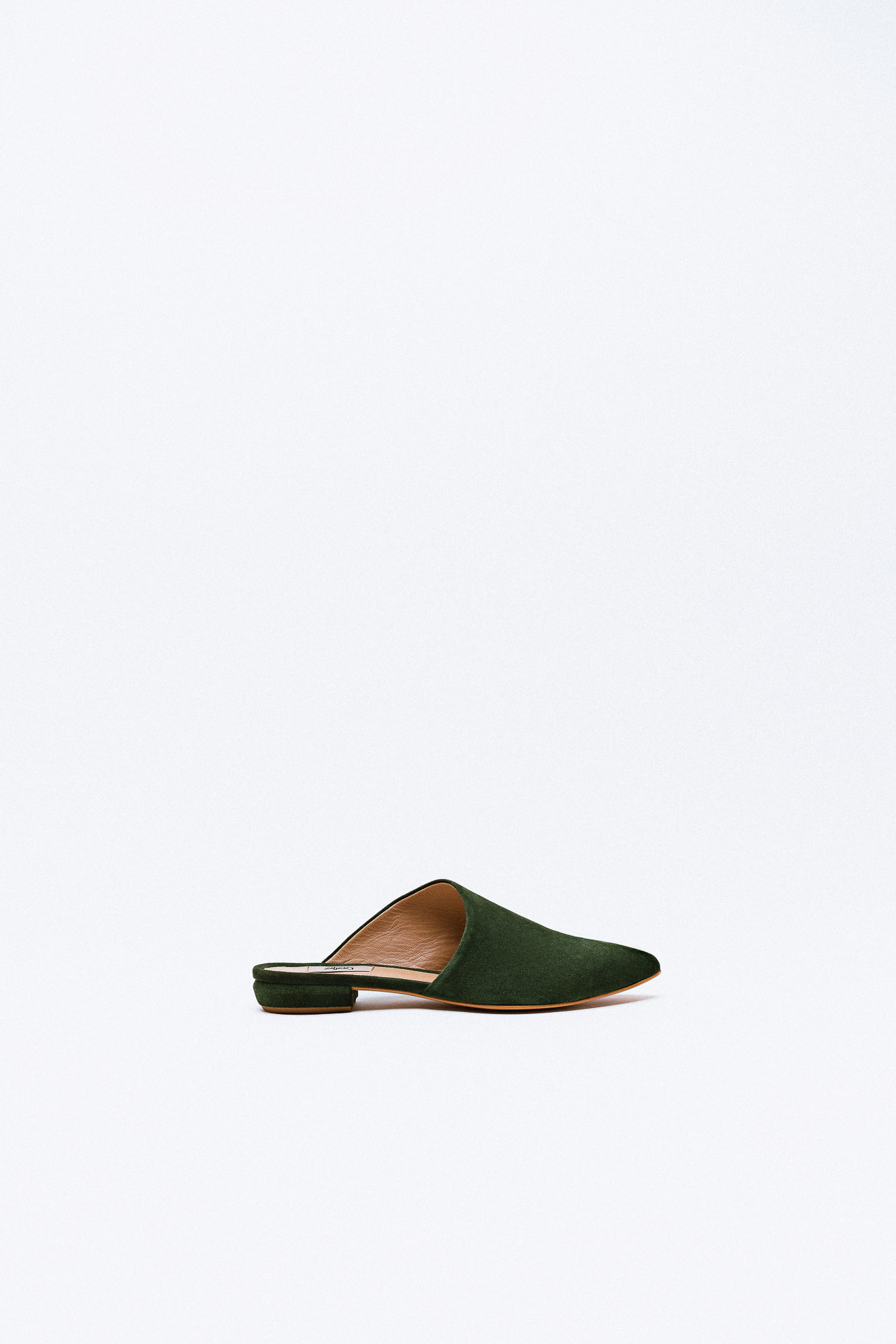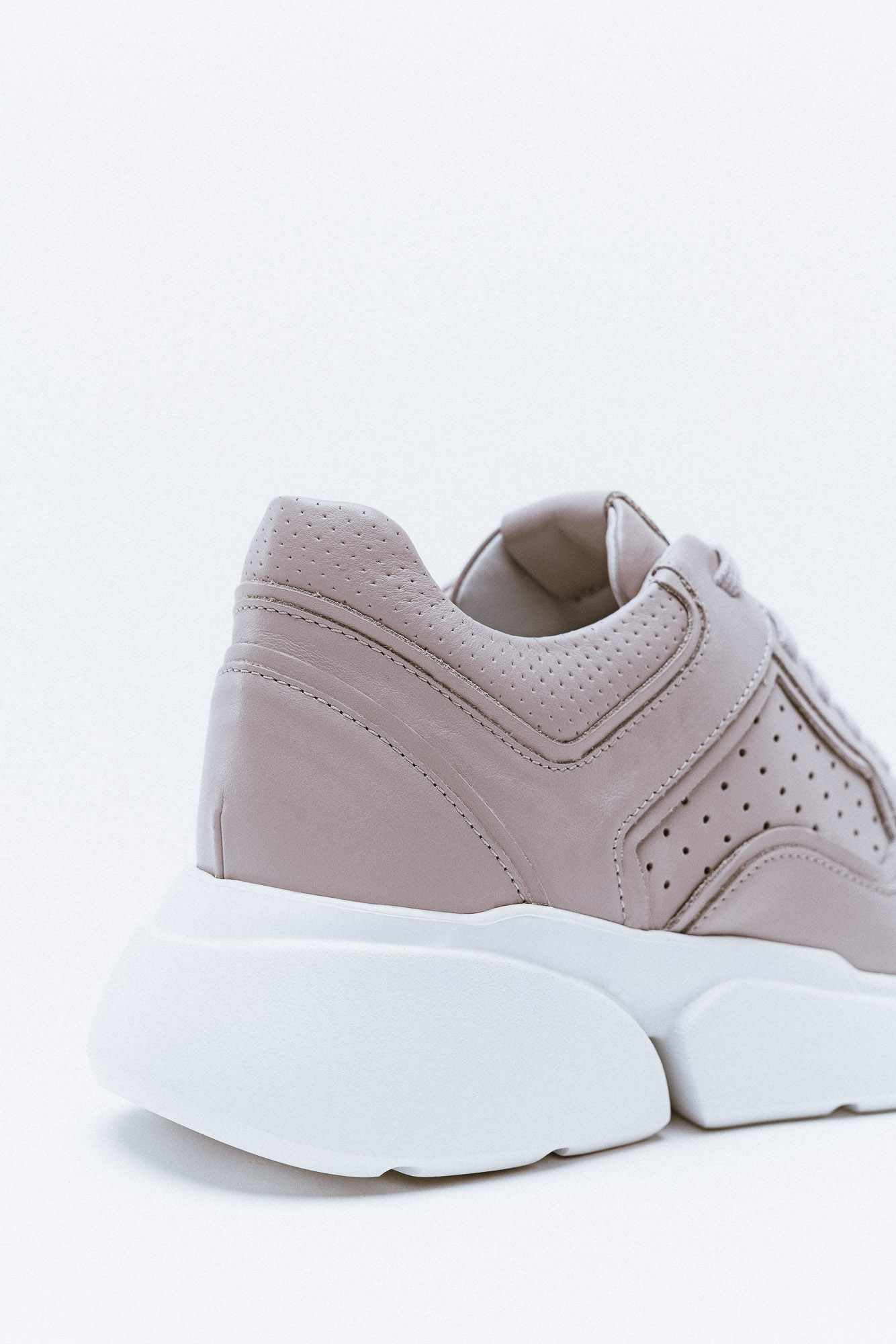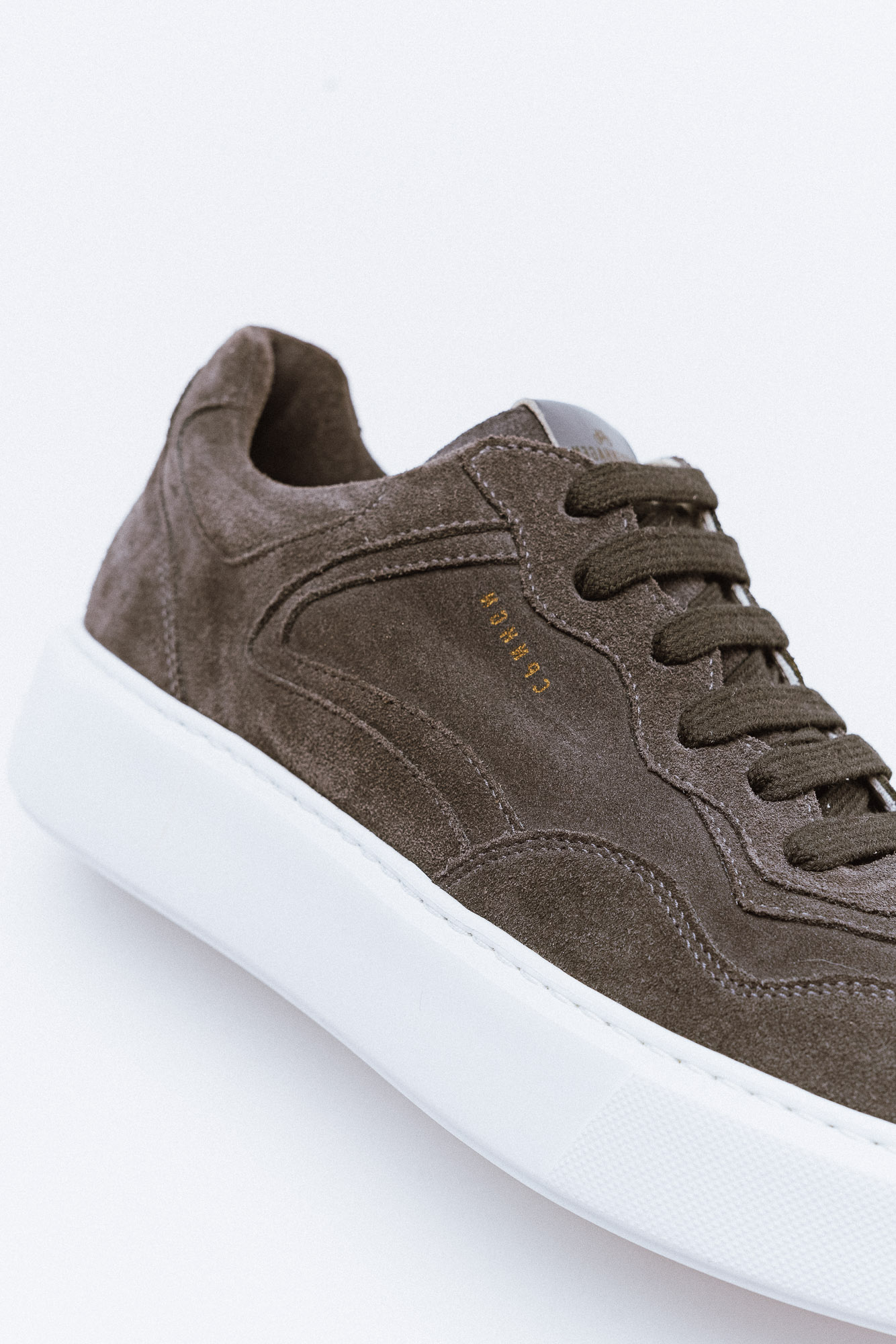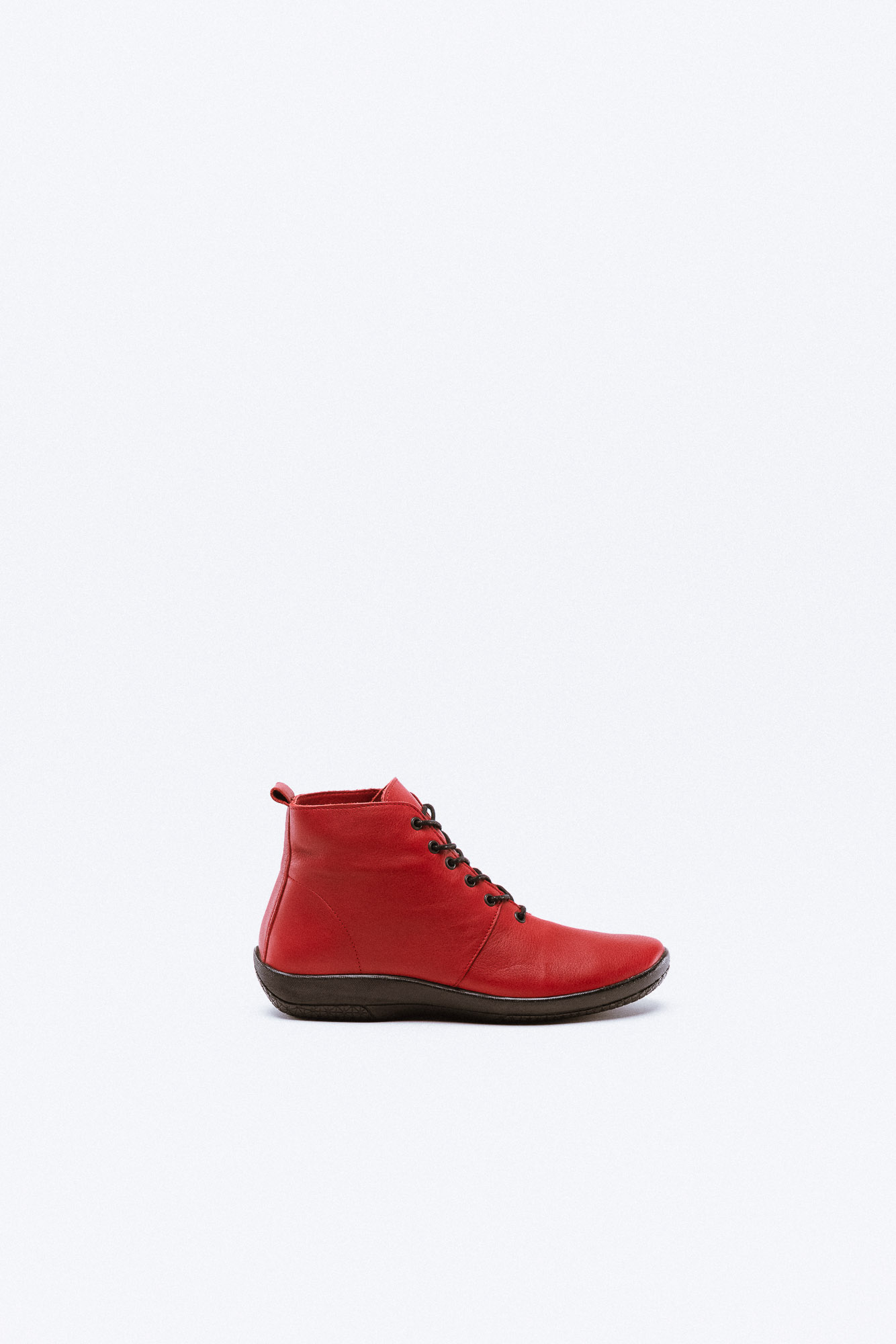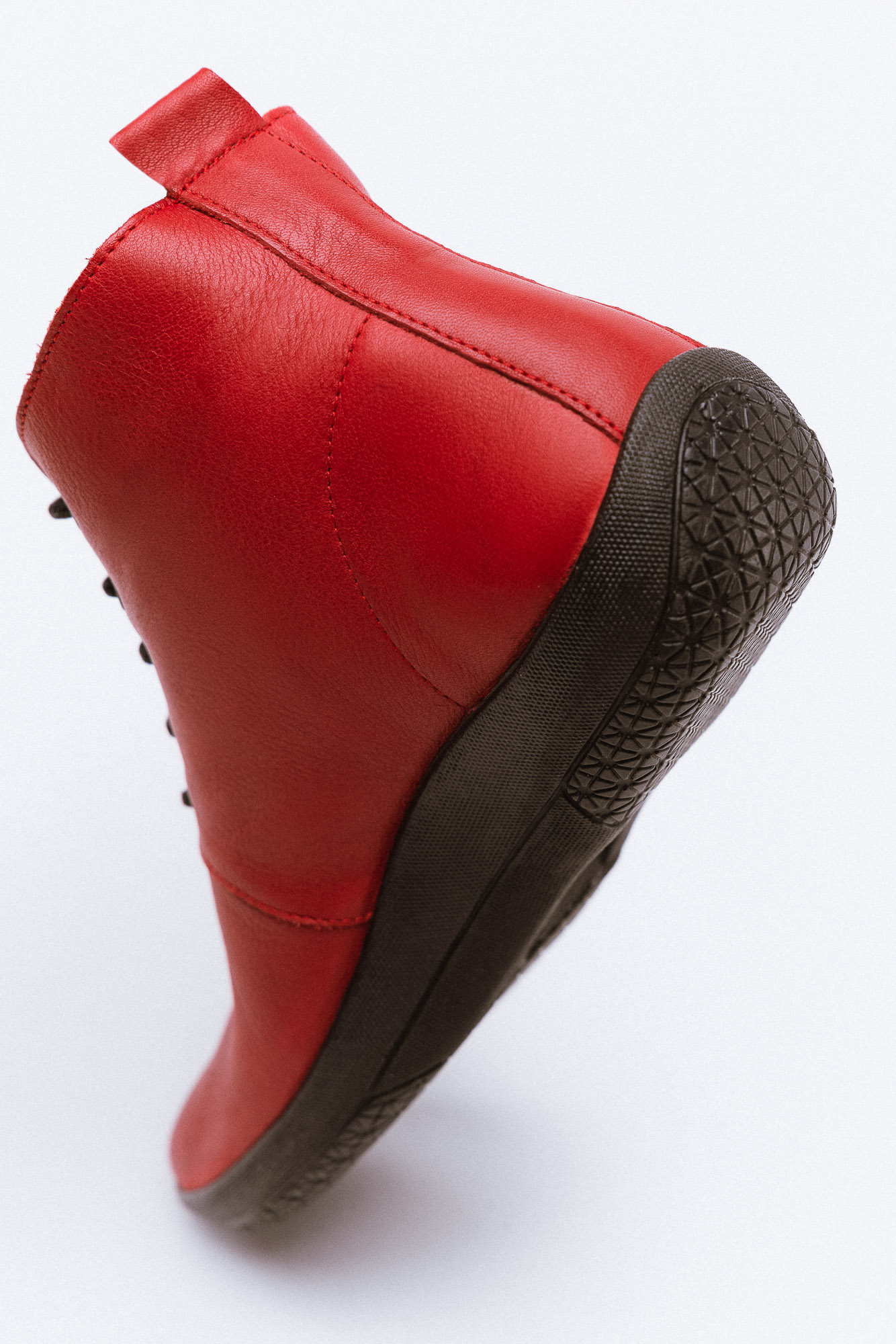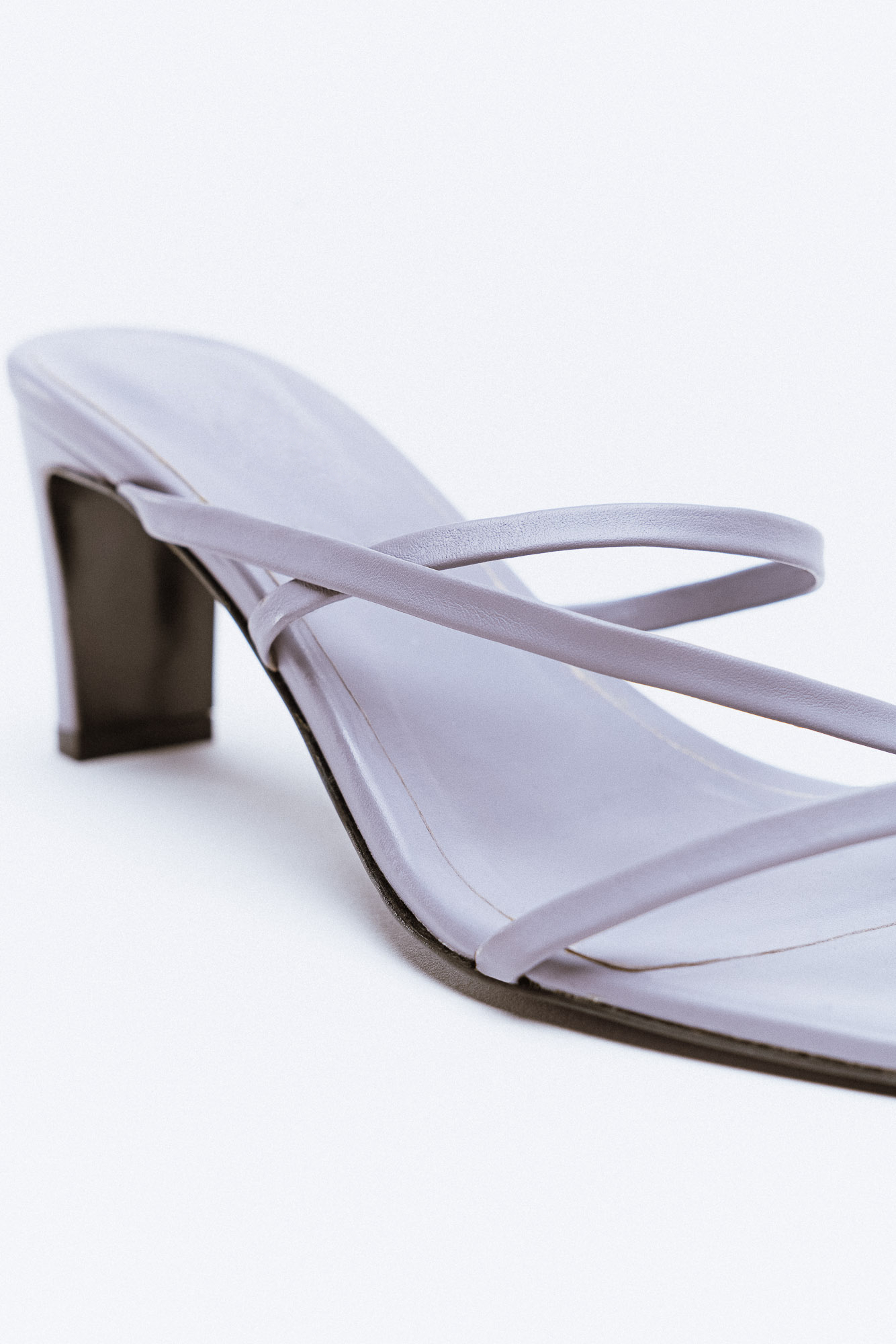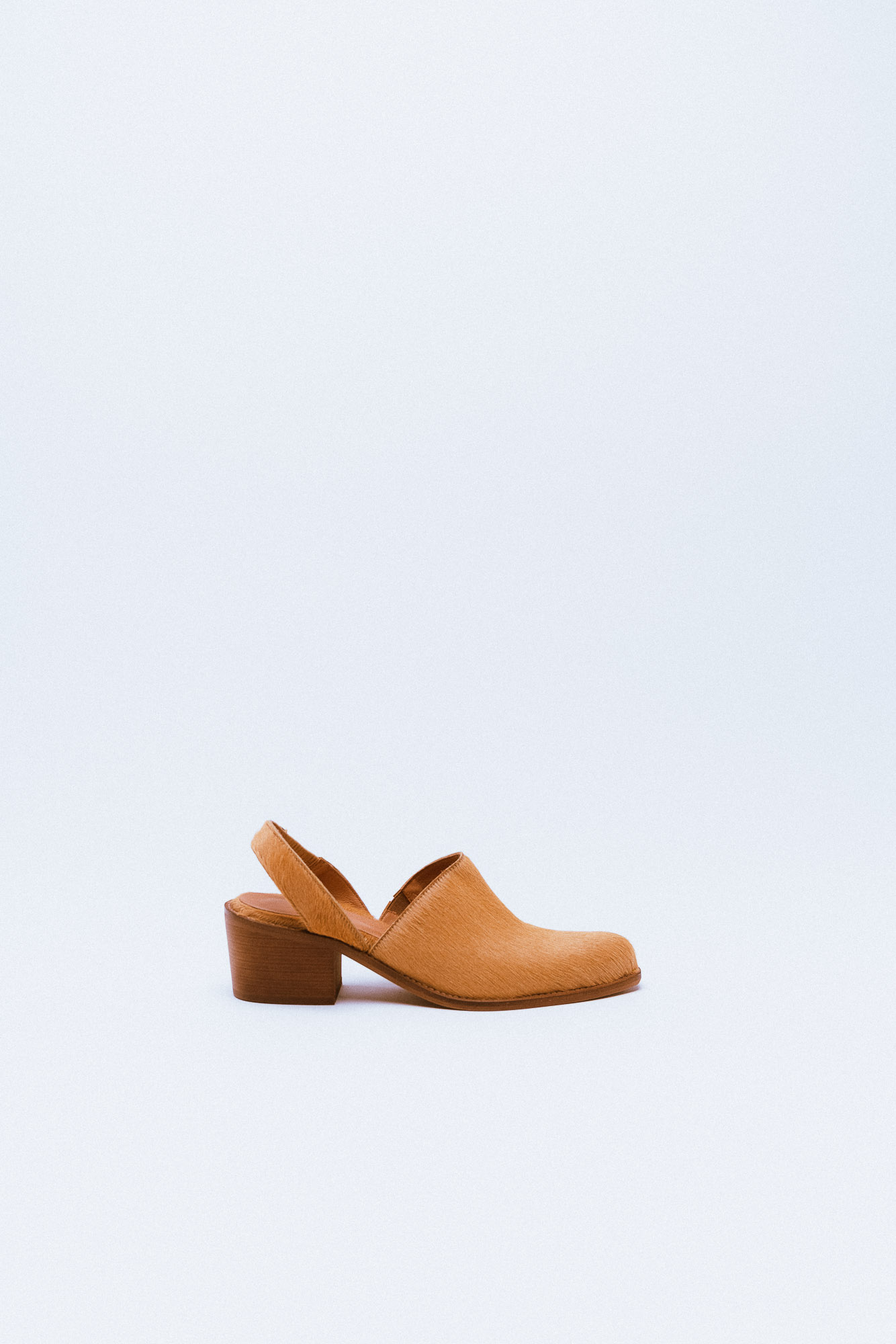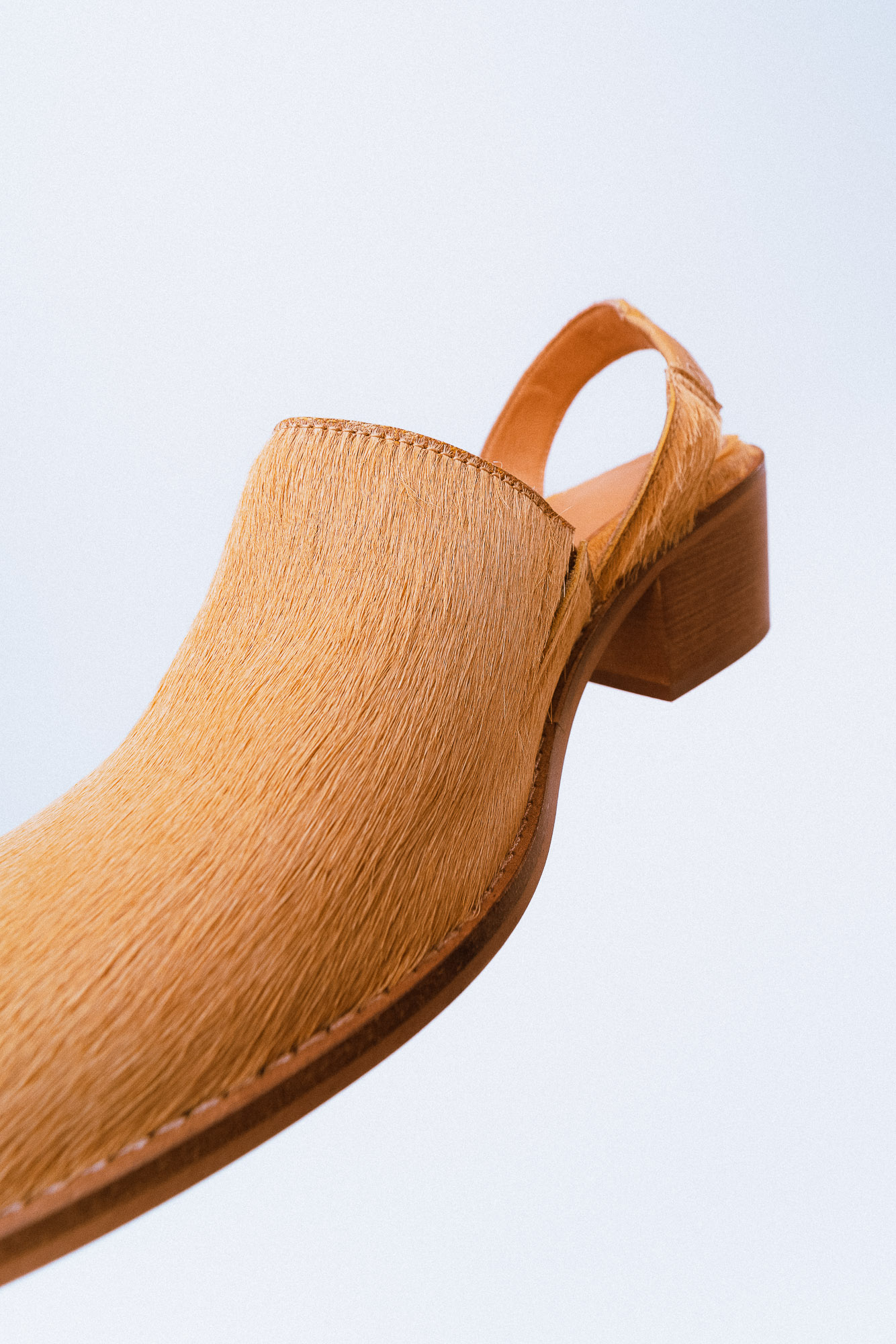In an era of technological advancements and innovation, the world of footwear has not been left behind. The emergence of 3D printing technology has revolutionized the way shoes are designed, produced, and experienced. This cutting-edge technology has opened up a world of possibilities, enabling designers to push boundaries, manufacturers to reduce waste, and consumers to enjoy personalized, custom-fit footwear. In this comprehensive blog post, we will delve into the fascinating world of 3D shoes, exploring their history, benefits, design possibilities, and the impact they are making in the footwear industry.
Understanding 3D Printing Technology:
To truly appreciate the impact of 3D shoes, it is essential to understand the underlying technology. 3D printing, also known as additive manufacturing, involves the creation of three-dimensional objects by building them layer by layer using digital blueprints. Unlike traditional shoe manufacturing techniques that rely on molds and cutting processes, 3D printing offers a more flexible and customizable approach. This technology has rapidly evolved, with advancements in materials, printers, and software, enabling the production of complex and intricate shoe designs.
The Evolution of 3D Shoes:
The concept of 3D-printed shoes may seem futuristic, but its roots can be traced back to the early 21st century. The first notable instance of 3D-printed footwear was showcased by designer Marloes ten Bhömer in 2007, featuring a pair of high-heeled shoes created using selective laser sintering. Since then, numerous designers, engineers, and companies have explored the possibilities of 3D shoes, resulting in a range of innovative designs and applications.
Advantages of 3D Shoes:
- Customization: One of the most significant benefits of 3D shoes is the ability to create custom-fit footwear. Each person has unique feet, and achieving the perfect fit can be challenging. With 3D printing, shoes can be tailored precisely to an individual’s foot measurements, providing unmatched comfort and reducing the risk of foot-related issues.
- Design Freedom: 3D printing technology allows designers to push the boundaries of creativity and create complex and intricate shoe designs that were previously impractical or impossible. From geometric patterns to lattice structures and organic shapes, 3D shoes offer a new level of design freedom.
- Reduced Waste: Traditional shoe manufacturing processes often generate significant waste through cutting and molding techniques. In contrast, 3D printing minimizes material waste by utilizing only the necessary amount of material for each shoe. This sustainable approach reduces environmental impact and contributes to a more eco-friendly footwear industry.
- Rapid Prototyping and Iteration: 3D printing enables faster prototyping and iteration of shoe designs. Designers can quickly create and test multiple iterations, allowing for faster development cycles and more efficient production processes.
Innovative Applications of 3D Shoes:
- Custom Orthopedic Shoes: Individuals with specific foot conditions or orthopedic needs can benefit greatly from 3D-printed custom orthopedic shoes. By precisely mapping an individual’s foot structure and designing shoes to provide optimal support, comfort, and alignment, 3D printing has the potential to revolutionize orthopedic footwear.
- Performance-enhancing Athletic Shoes: Sports shoe manufacturers are leveraging 3D printing to design footwear that enhances athletic performance. By analyzing athletes’ movements and utilizing advanced materials, 3D-printed athletic shoes can be tailored to provide optimal support, cushioning, and energy return, ultimately improving performance and reducing the risk of injuries.
- Fashion-forward Designs: 3D shoes have also made a significant impact in the world of fashion. Designers have embraced this technology to create avant-garde and futuristic shoe designs that push the boundaries of traditional aesthetics. From bold and intricate patterns to unique textures and shapes, 3D-printed shoes offer fashion enthusiasts a chance to express their individuality and make a statement through their footwear.
- Medical Applications: Beyond custom orthopedic shoes, 3D printing has found applications in the medical field. For example, 3D-printed prosthetic limbs and orthotic devices are providing enhanced functionality and comfort to individuals in need. The ability to customize these devices based on a person’s specific requirements is a significant advantage of 3D printing technology.
Challenges and Future Outlook:
- Cost: Currently, 3D printing technology and materials can be expensive, making 3D shoes more of a niche market. However, as the technology advances and becomes more widespread, the cost is expected to decrease, making it more accessible to a broader consumer base.
- Scalability: Scaling up production and meeting the demands of mass-market consumers remains a challenge for 3D-printed shoes. As the technology continues to improve, manufacturers will need to find ways to increase production speed without compromising quality.
- Material Limitations: While there have been significant advancements in 3D printing materials, there is still room for improvement. Research and development efforts are focused on creating materials that offer enhanced durability, flexibility, and breathability for a more comfortable and long-lasting shoe experience.
Looking ahead, the future of 3D shoes is promising. As technology becomes more accessible and widespread, we can expect to see an even wider range of designs, materials, and applications. From everyday footwear to specialized shoes for various industries, 3D printing has the potential to revolutionize the entire footwear landscape, offering unparalleled customization, performance enhancement, and sustainability.
The emergence of 3D-printed shoes has disrupted the traditional footwear industry, ushering in a new era of customization, design innovation, and sustainability. The ability to create custom-fit shoes, reduce waste, and explore limitless design possibilities sets 3D shoes apart from traditional manufacturing methods.
As technology continues to evolve and become more accessible, we can expect 3D-printed shoes to become increasingly prevalent. From personalized orthopedic shoes to performance-enhancing athletic footwear, 3D printing has the potential to transform the way we perceive and experience shoes.
So, whether you’re a fashion enthusiast looking for unique and avant-garde designs, an athlete seeking optimized performance, or someone with specific foot requirements, the world of 3D-printed shoes offers a realm of possibilities. Step into the future of footwear, where innovation, customization, and sustainability converge to create a truly extraordinary shoe experience. Stay tuned to our website as we will soon bring you more updates about 3D shoe production.



